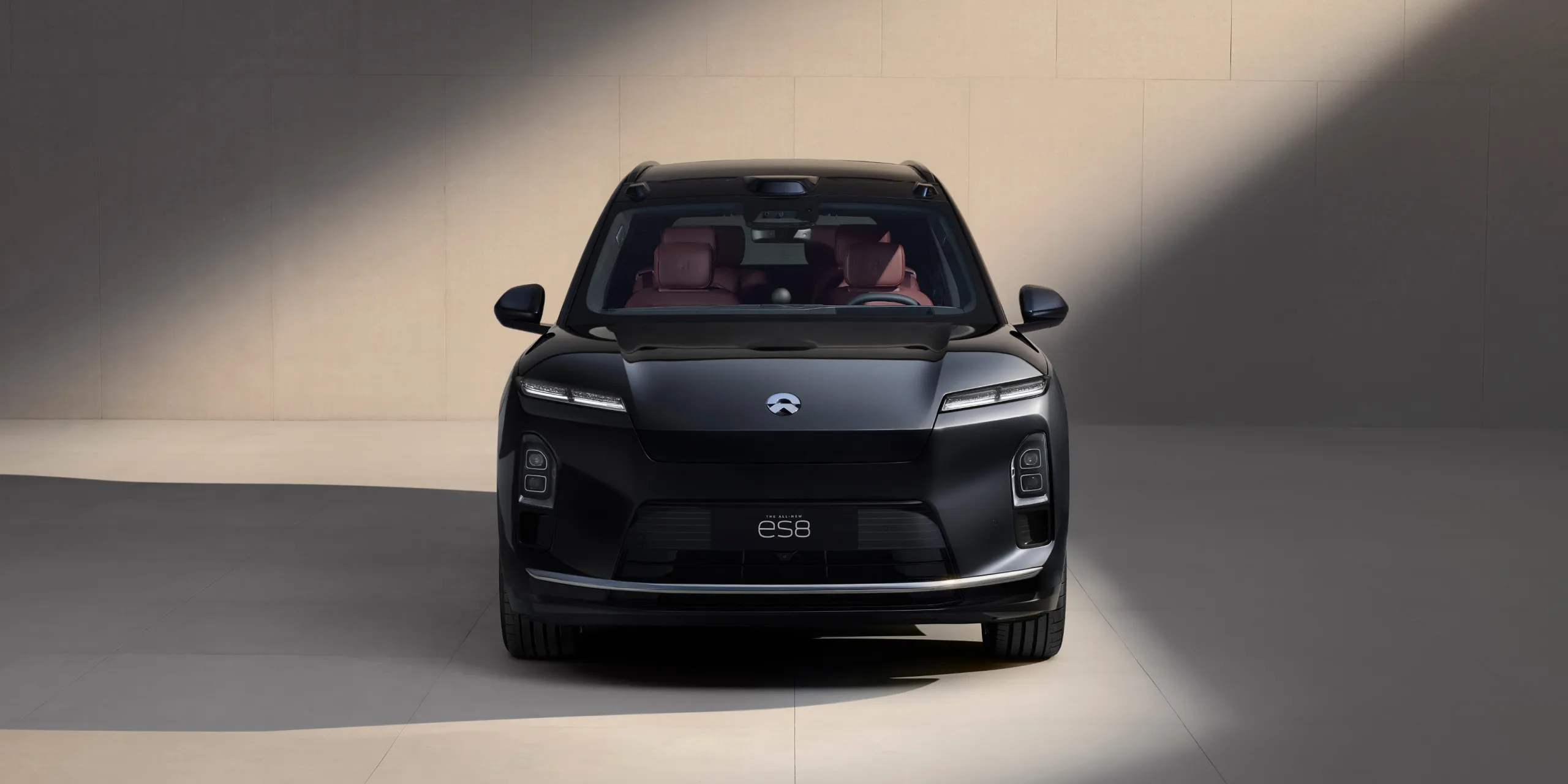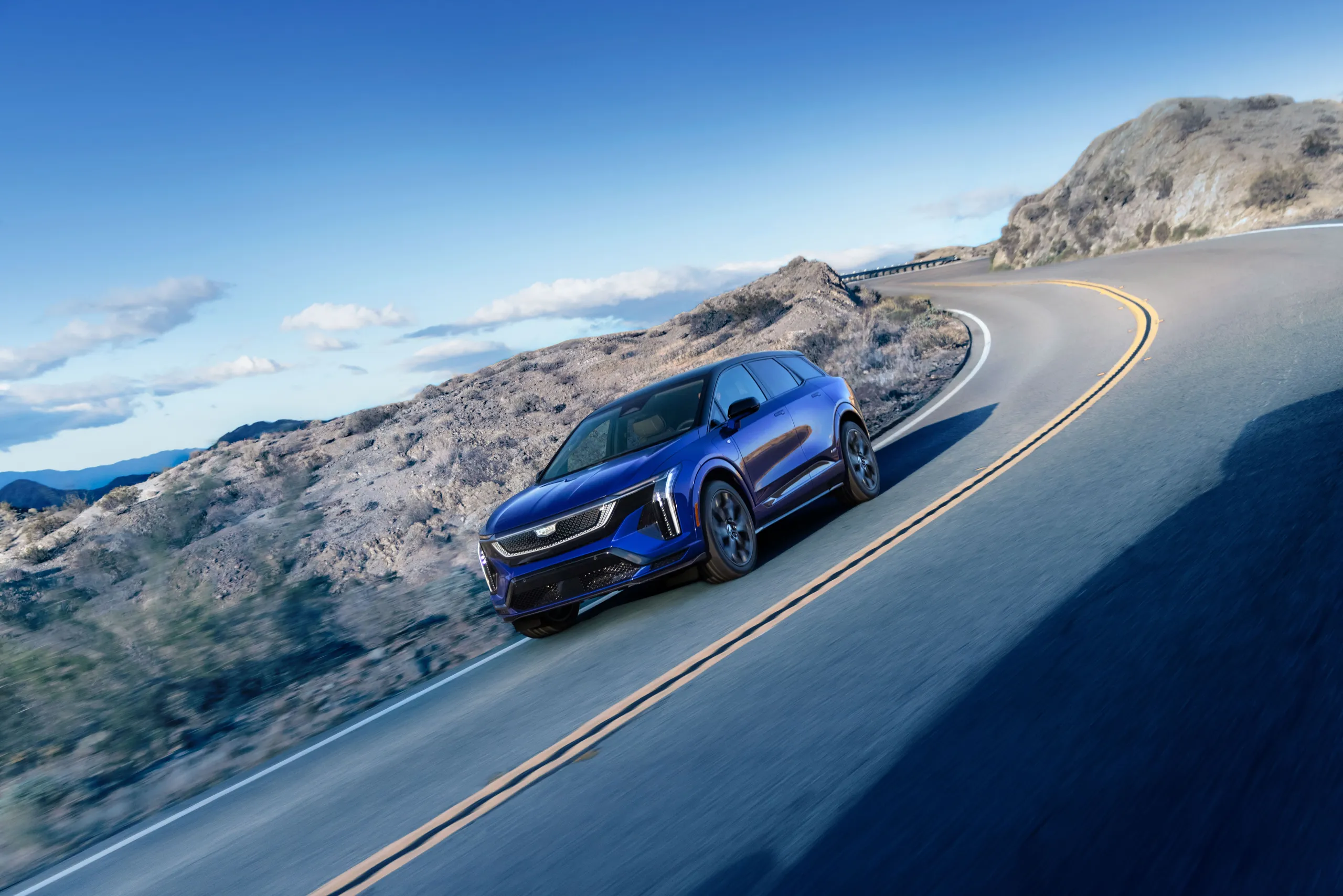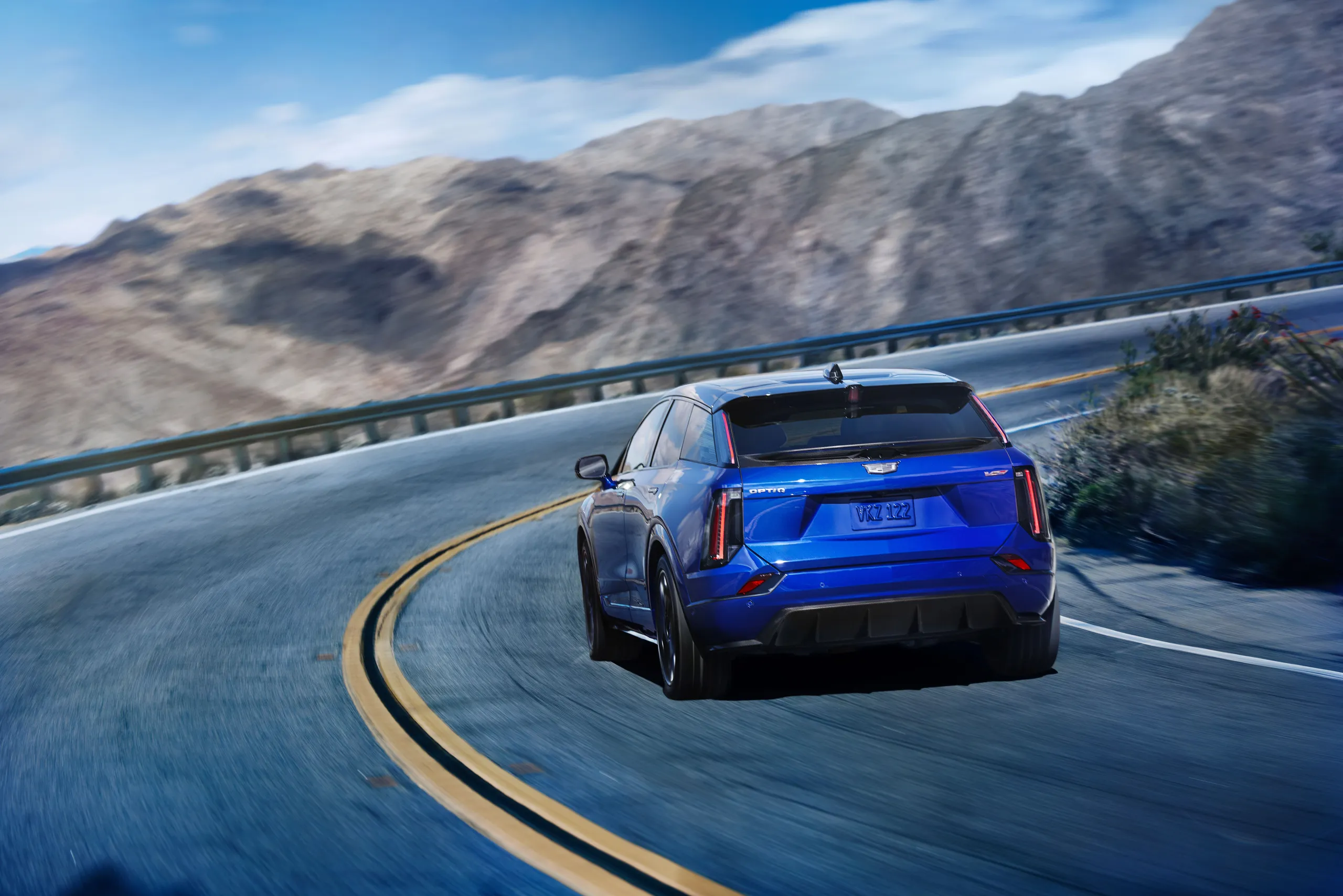With 560 hp and 7 seats, the LUCID GRAVITY 2026 promises to be Tesla’s nightmare. Discover the full technical specifications and the software bug.

The LUCID GRAVITY 2026 is not just the second vehicle from the ambitious Lucid Motors startup; it is a silent declaration of war against the established Tesla Model X and Rivian R1S. Designed with the premise that a three-row family SUV doesn’t need to make compromises, the Gravity seeks to harmonize the performance of a supercar, the range of a long-distance vehicle, and the practicality of a minivan. Among the various announced configurations, the Gravity Touring model, with an initial price of US$ 79,900, emerges as the entry point to this new era of luxury electric SUVs, offering an almost unbeatable combination of power and range for the US electric SUV market.
Lucid’s promise is to deliver an SUV with the best handling and highest efficiency on the market. However, the vehicle arrives with a dual reputation: praised for its fundamental engineering and criticized for its software implementation. This article delves deeply into how the Lucid Gravity Touring 2026 rewrites the segment rules, and why the buyer needs to be aware of a single, yet critical, challenge.
Engineering Without Compromise: Performance and Dynamics of the Gravity Touring 2026
Lucid Motors, under the leadership of Peter Rawlinson (former chief engineer of the Tesla Model S), has always prioritized efficiency and performance as core pillars. Despite being a large SUV with capacity for 7 people, the Gravity was designed to move with the agility and responsiveness of a much smaller vehicle. This is the essence of the Touring model.
Technical Specs and the 560 HP Heart
The Lucid Gravity Touring is not the most powerful model in the lineup (the Dream Edition and the upcoming Sapphire surpass 1,000 hp), but its numbers already alert the competition. Equipped with a dual motor system and standard all-wheel drive (AWD), the Touring offers performance more than enough for daily driving and exciting trips.
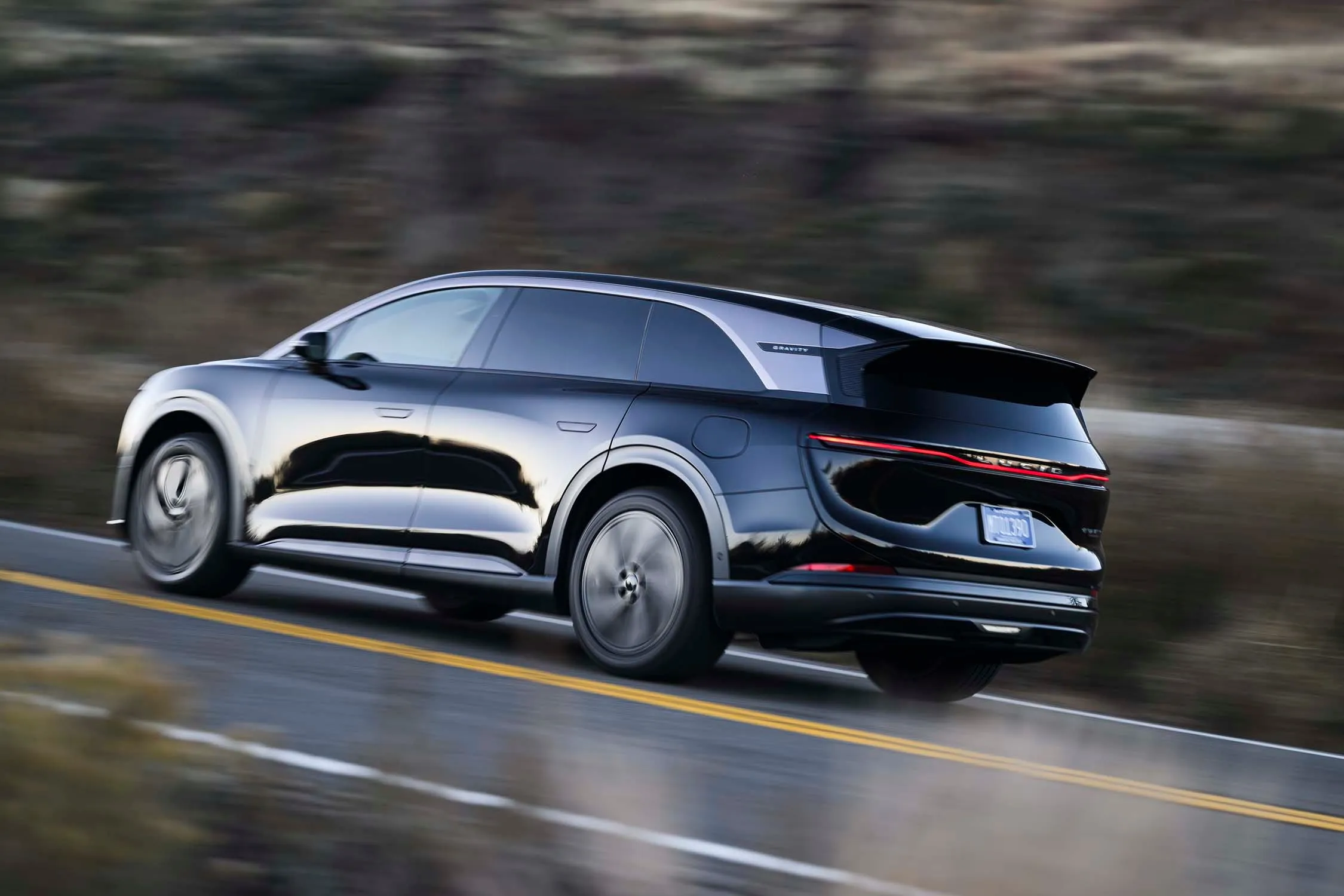
- Maximum Power: 560 horsepower (HP).
- Acceleration (0-60 mph / 0-96 km/h): 4.0 seconds.
- Starting Price (MSRP): US$ 79,900 (plus destination fees in the US market).
- Battery: 89 kWh.
- EPA Estimated Range: Up to 337 miles (542 km).
This 4.0-second acceleration is comparable to many sports sedans and surpasses most luxury combustion SUVs. The instant power of Lucid’s electric motors ensures immediate throttle response, a feature that solidifies the brand’s reputation for dynamic performance.
Air Suspension and Handling That Feels Smaller Than It Is
The true magic of the Gravity isn’t just in its power but in how that power is managed. The adaptive air suspension is standard on all models, including the Touring, and is key to the vehicle’s versatility. It allows ground clearance to be adjusted from 5.2 inches (13.2 cm) for aerodynamic efficiency at high speeds to 9.3 inches (23.6 cm) to handle more challenging terrains, though the JEEP RECON 2026 is still the choice for extreme off-road performance.
What truly elevates the handling is the optional Dynamic Handling Package, which adds a rear-wheel steering system. This technology allows the rear wheels to turn in the opposite direction of the front wheels at low speeds, drastically reducing the turning radius. The result is an almost five-meter SUV that maneuvers in tight parking spaces with the ease of a compact car. According to specialized critics, it is this combination of smooth suspension and precise steering that gives the Gravity the “soul of a sports car,” a rare trait in three-row SUVs.
The towing capacity of the Touring is a respectable 3,500 lbs (1,587 kg), making it functional for small loads and trailers, although the Grand Touring version can tow up to 6,000 lbs (2,721 kg).
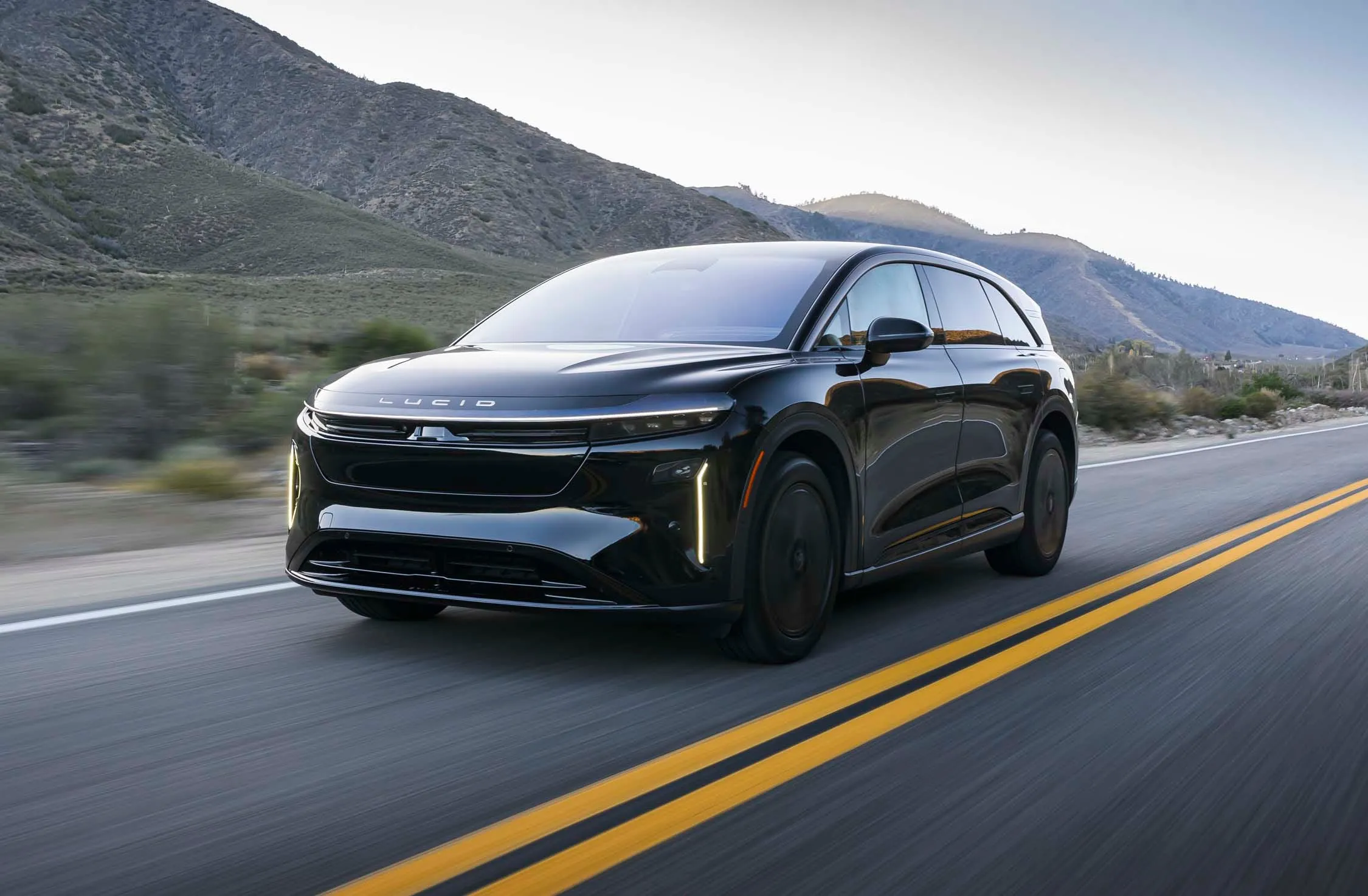
End of Range Anxiety: 900V Architecture and Ultra-Fast Charging
If Lucid is known for one thing, it’s breaking efficiency records. The Gravity inherits the advanced battery and efficiency technology from the Air sedan, ensuring that even the entry-level model (Touring) offers an exceptional range that surpasses most competitors at its price level, such as the new CHEVROLET BOLT 2027.
337 Miles of Freedom: The Aerodynamic Efficiency of the Touring
The 337-mile (542 km) range of the Gravity Touring, with its 89 kWh battery, is remarkable. This range is achieved through a combination of high-density batteries and, crucially, aerodynamic excellence. The Gravity has a drag coefficient (Cd) of just 0.24, a value typically reserved for sports sedans rather than three-row SUVs. Reducing air resistance significantly decreases energy consumption at cruising speeds, extending battery life on long trips and eliminating the dreaded range anxiety.
Lightning Fast Charging: 900V Architecture and Boost Charging
While many luxury EVs operate on 400V or 800V architectures, the Lucid Gravity uses a high-voltage architecture approaching 900V in the larger battery models, optimized in the Touring for ultra-fast charging. The Gravity Touring can reach charging peaks of up to 300 kW (the Grand Touring achieves 400 kW).
This translates into minimal downtime: Lucid claims the vehicle can add up to 200 miles (322 km) of range in just 11 to 15 minutes on a compatible DC fast charger. This speed is not just a luxury; it’s a practical redefinition of electric travel.
Additionally, the Gravity natively adopts the NACS connector (Tesla’s standard). To overcome the voltage limitation (500V) of most Superchargers, Lucid introduced proprietary “boost charging” technology. This innovation uses the rear electric motor to increase the input voltage, allowing the Gravity to maintain robust charging rates of 220-225 kW on Tesla’s network. This solves a major compatibility challenge affecting other high-voltage EVs when using the NACS network, solidifying Lucid’s leadership in practical charging infrastructure for US EV owners.
Luxury Versatility: Minivan Space and the Lucid UX 3.0 Software Challenge
The interior design of the Gravity was conceived under the Space Concept, inherited from the Lucid Air, aiming to maximize cabin space for passengers and cargo. The result is a surprisingly versatile interior, functioning both as a luxurious family car and as a cargo utility.

Spacious Interior: 7 Seats and 3,400 Liters of Cargo
The Touring model is available in configurations with five, six, or seven seats. The big advantage is how easily the seat rows can be folded completely flat, transforming the SUV into a true cargo van. In the five-seat configuration, total cargo volume reaches an impressive 120 cubic feet (3,398 liters), a figure rivaling vehicles like the NISSAN PATHFINDER 2026, but with the advantage of an electric powertrain.
The front trunk, or frunk, is not just a cargo compartment (with 229 liters), but a piece of smart engineering. Designed to transform into a seat with cup holders, it offers a unique and practical spot for breaks during road trips — a feature that adds utility and viral appeal. Luxury features, such as foldable tray tables with charging ports for the second row, ensure passenger comfort is a priority.
The 34-Inch Cockpit and the Software Crisis
The Gravity immerses driver and passengers in technology with the “Clearview Cockpit,” a 34-inch curved OLED screen with 6K resolution. This floating dashboard manages both the instrument panel and the infotainment system, running the brand’s proprietary Lucid UX 3.0. There is also a smaller (Pilot Panel) 11-inch screen for secondary controls such as climate and seats, maintaining some physical buttons, praised for ergonomics.
However, here lies the “critical detail” that has plagued early owners and analysts. Although the hardware is cutting-edge, the software does not match the vehicle’s engineering excellence. Initial reports, including from test vehicles by Edmunds, pointed out persistent bugs in Lucid UX 3.0, such as frequent reboots, app failures (like Spotify), and inconsistencies in the DreamDrive Pro driver-assist system. The absence of basic features like Apple CarPlay and Android Auto at launch, combined with stability issues, compromises the overall user experience.
Lucid has promised quick fixes via Over-The-Air (OTA) updates. While some updates (like 3.2.1) have addressed early flaws, software stability remains Lucid’s Achilles’ heel. For a vehicle competing with the technological maturity of Tesla’s Model X and focusing on quality like the PORSCHE CAYENNE ELECTRIC 2026, Lucid urgently needs to match its software quality to its chassis engineering.
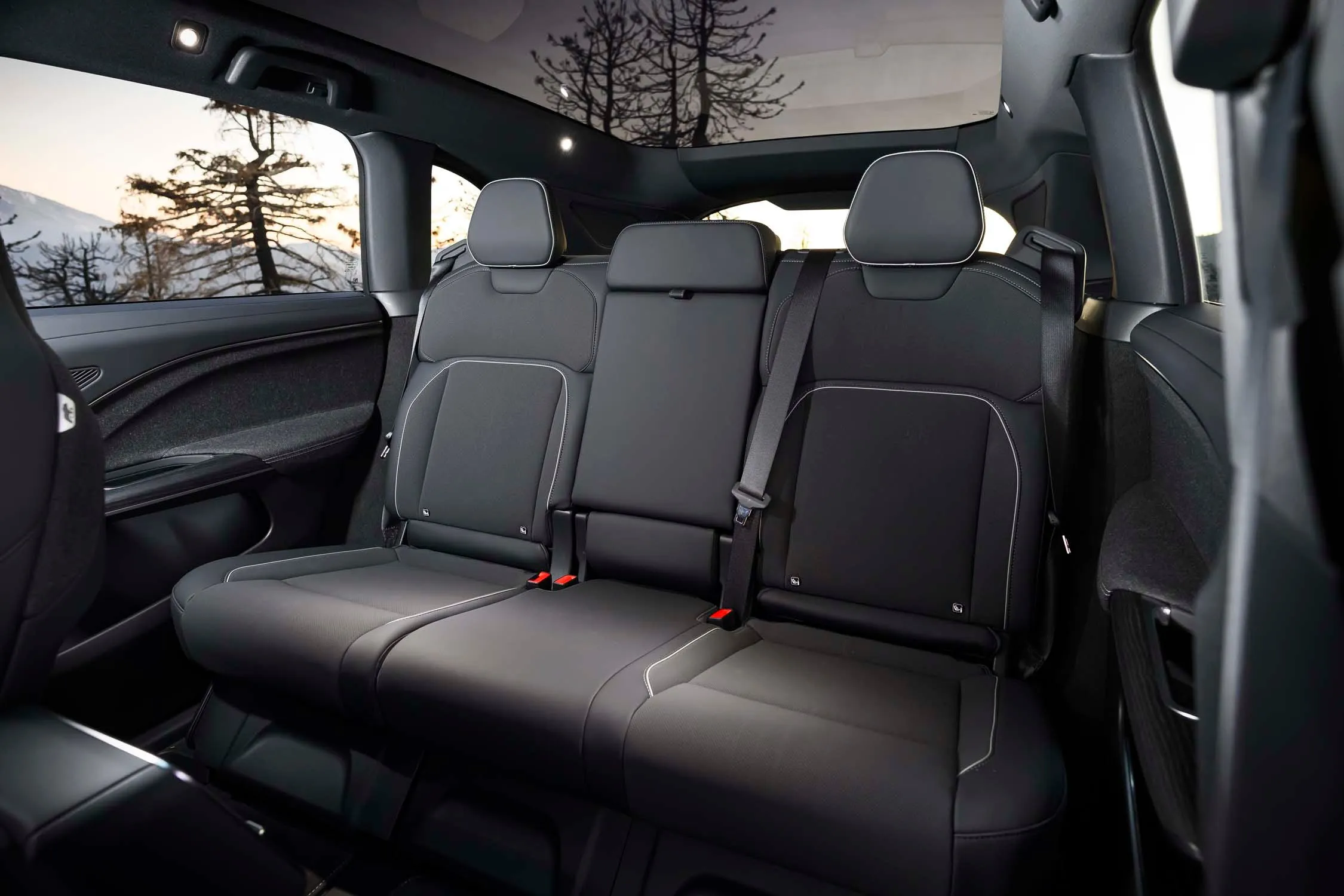
Outperforming Competitors but Not Quality Control
The LUCID GRAVITY TOURING 2026 stands out in the luxury electric SUV market for offering a Range and Performance combination that few can match. Its engineering is superior: handling is favorably comparable to that of a sports car, charging technology (900V and boost charging) sets the future standard, and interior space is class-leading.
This comparative analysis makes it clear:
- Vs. Rivian R1S: The Gravity is superior on asphalt in comfort and agility, with higher efficiency. The R1S, however, has more mature software and greater off-road capability.
- Vs. Tesla Model X: The Gravity offers longer range and faster charging, plus a more luxurious interior. The Model X wins in software maturity and in the maturity of its ADAS network (Full Self-Driving).
The final challenge for Lucid isn’t inventing the next battery technology but improving manufacturing processes and stabilizing the software. The appointment of a new Senior Vice President of Quality and the expansion of the AMP-1 factory in Arizona indicate that the company is aware that, for the Gravity to fulfill its mission of redefining the luxury SUV, the user experience must be as impeccable as its world-class engineering. If Lucid can fix software bugs via OTA updates, the Gravity Touring will undoubtedly become the most complete 7-seat luxury electric SUV on the market. Otherwise, it risks being a marvel of engineering limited by its digital execution.
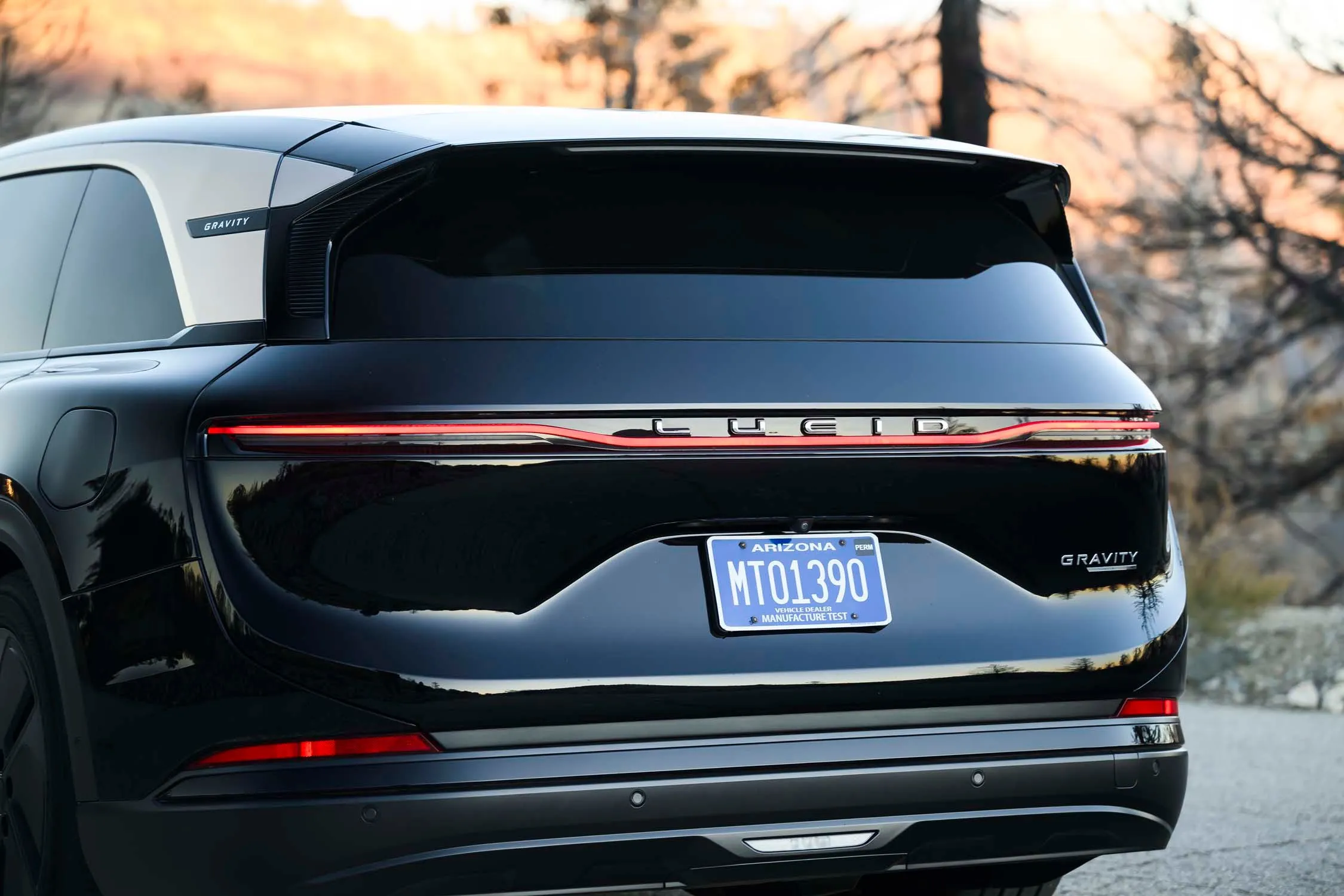
For those seeking a more utility-focused or affordable electric SUV, many options are available. However, the Gravity promises an unmatched experience of luxury and performance. Its 560 hp and 337-mile range position it at the top of the high-end EV market, a true game-changer that only requires its digital platform to match the excellence of its mechanical platform.
For more analyses of high-performance SUVs and electrified utility vehicles, also check out:
- TOYOTA RAV4 GR Sport 2026: Technical Specs of the 324 HP Hybrid Monster Toyota Hid from You
- New NISSAN PATHFINDER 2026: Detailed Look at the Revolutionary Technology and Design Updates for the Three-Row SUV
The Gravity is ready to be the benchmark of the future, as long as the software lets the hardware shine.
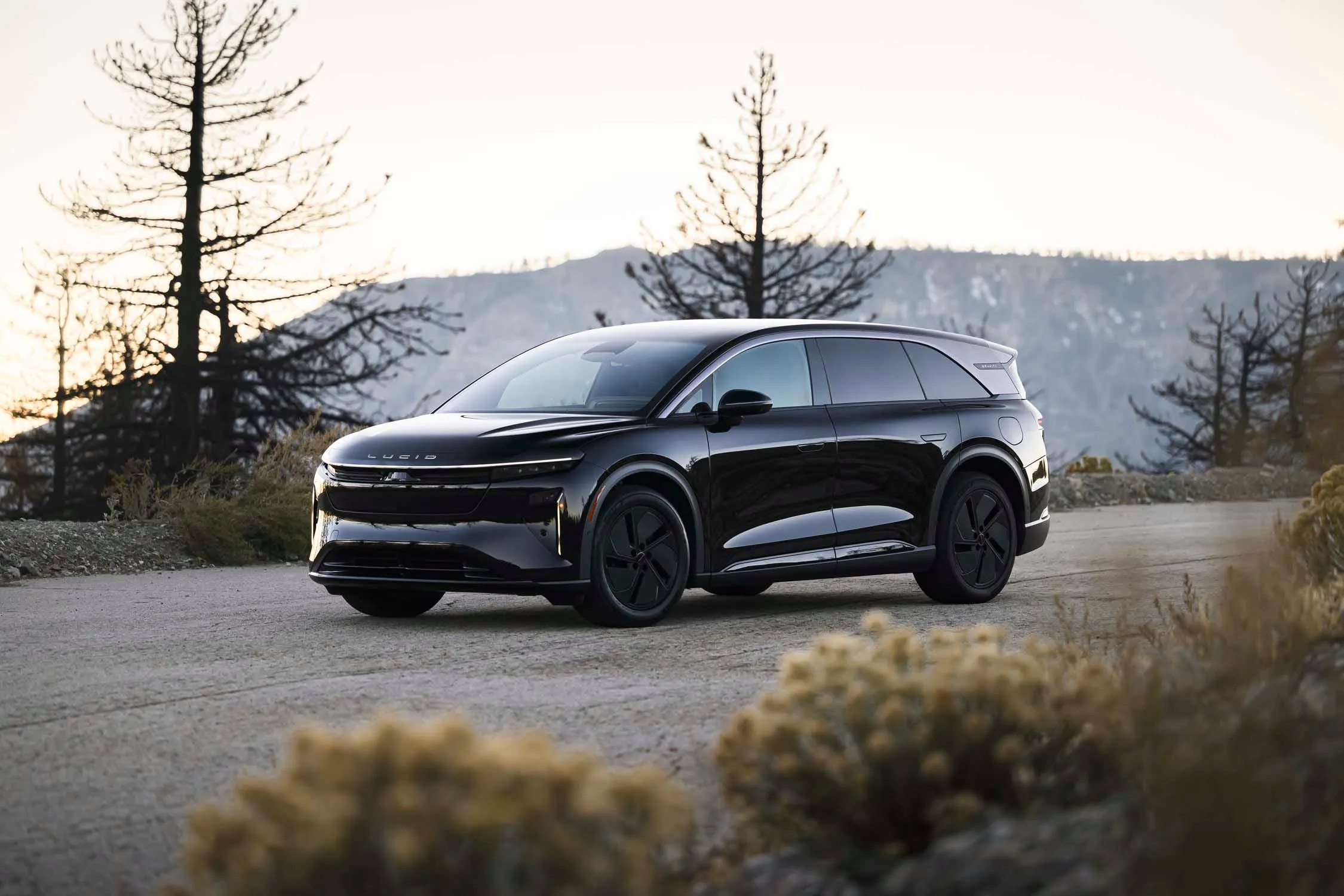


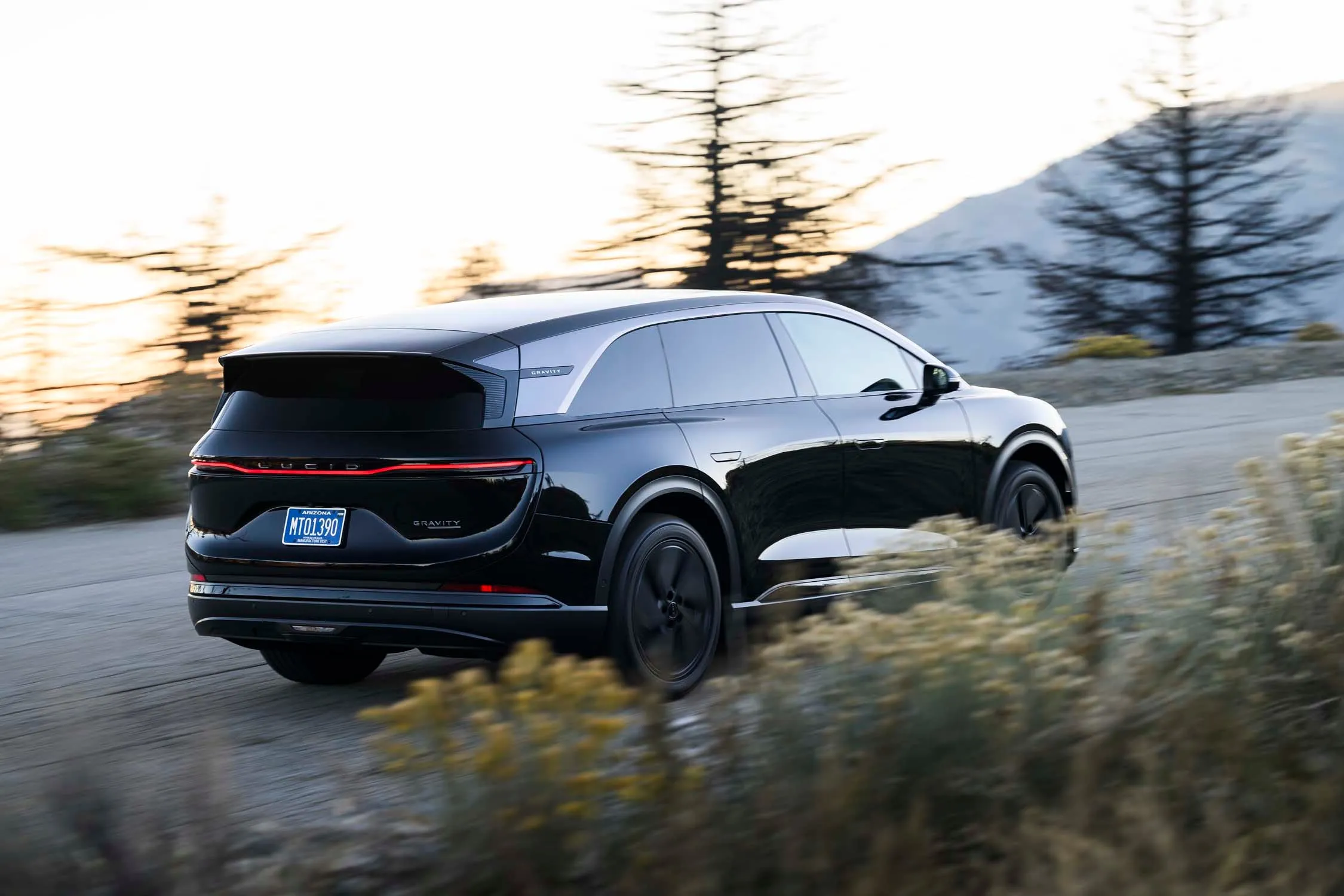

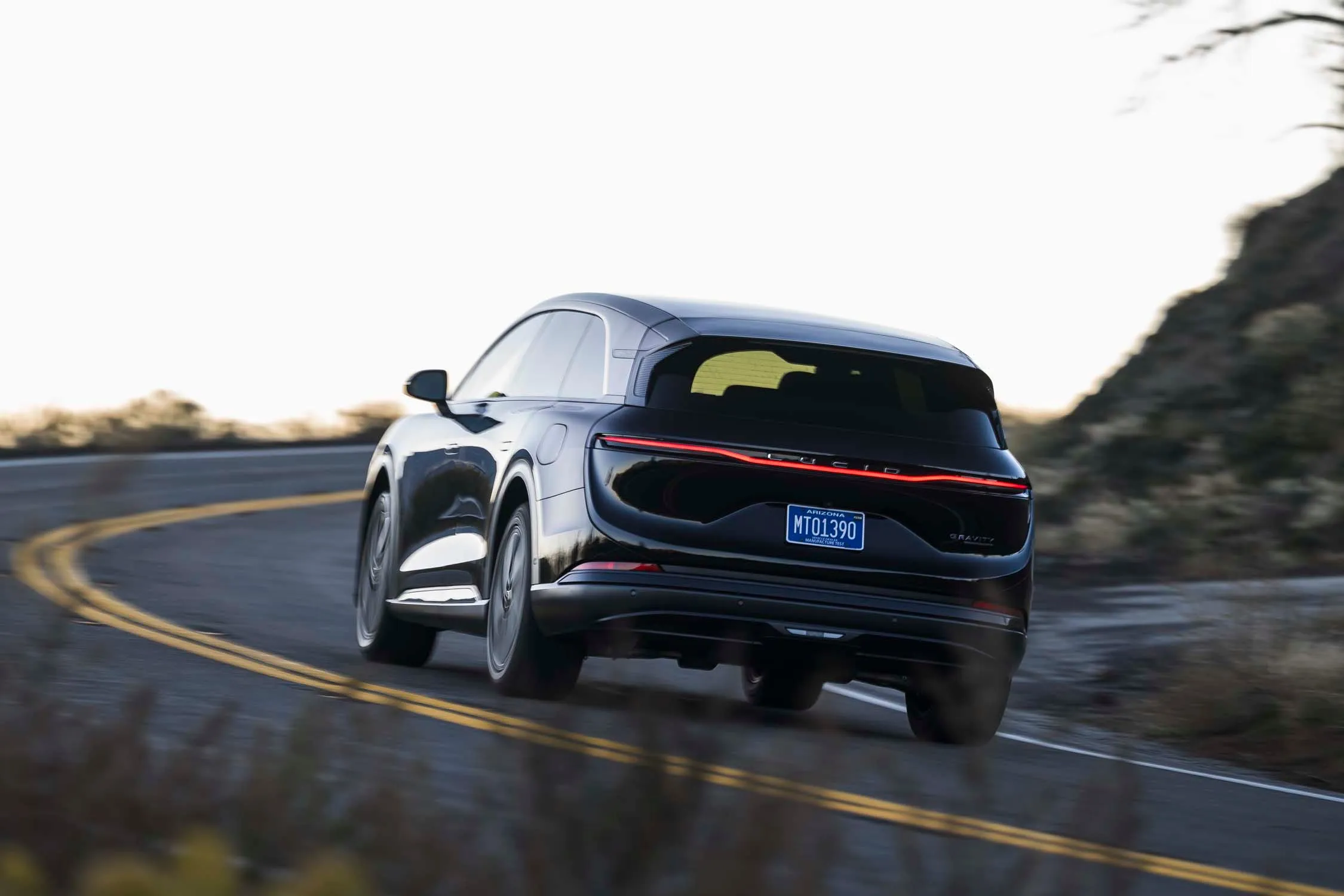

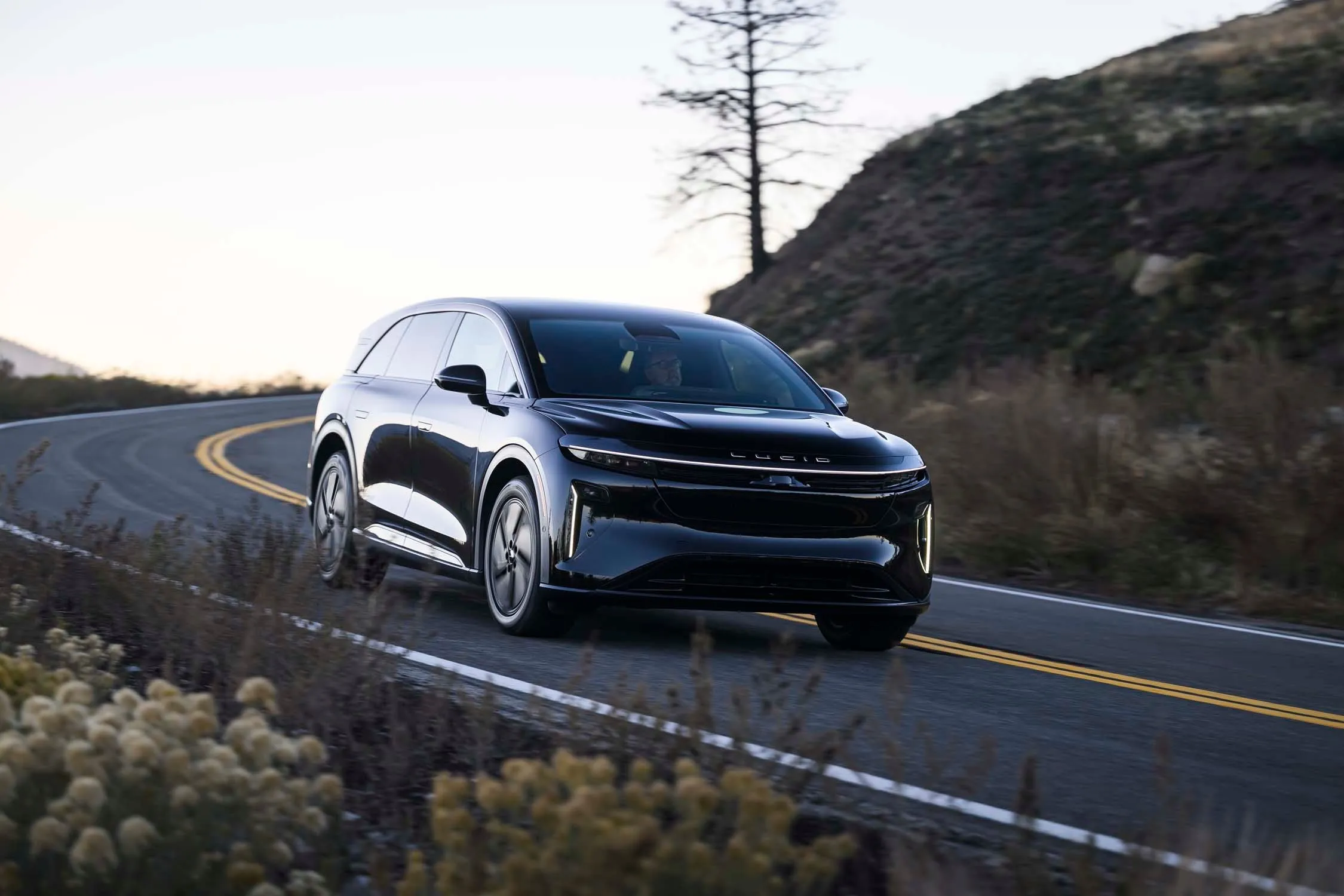

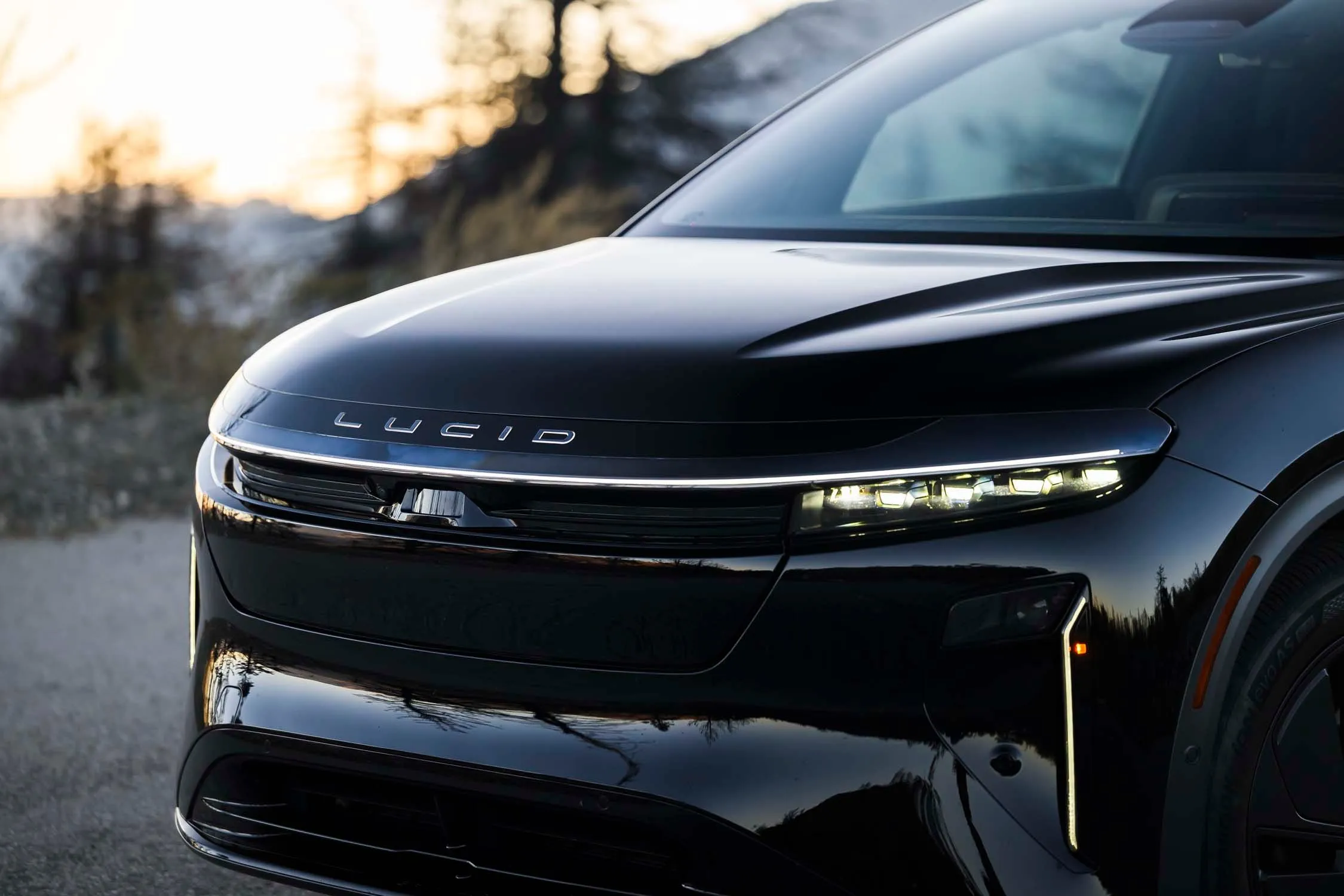
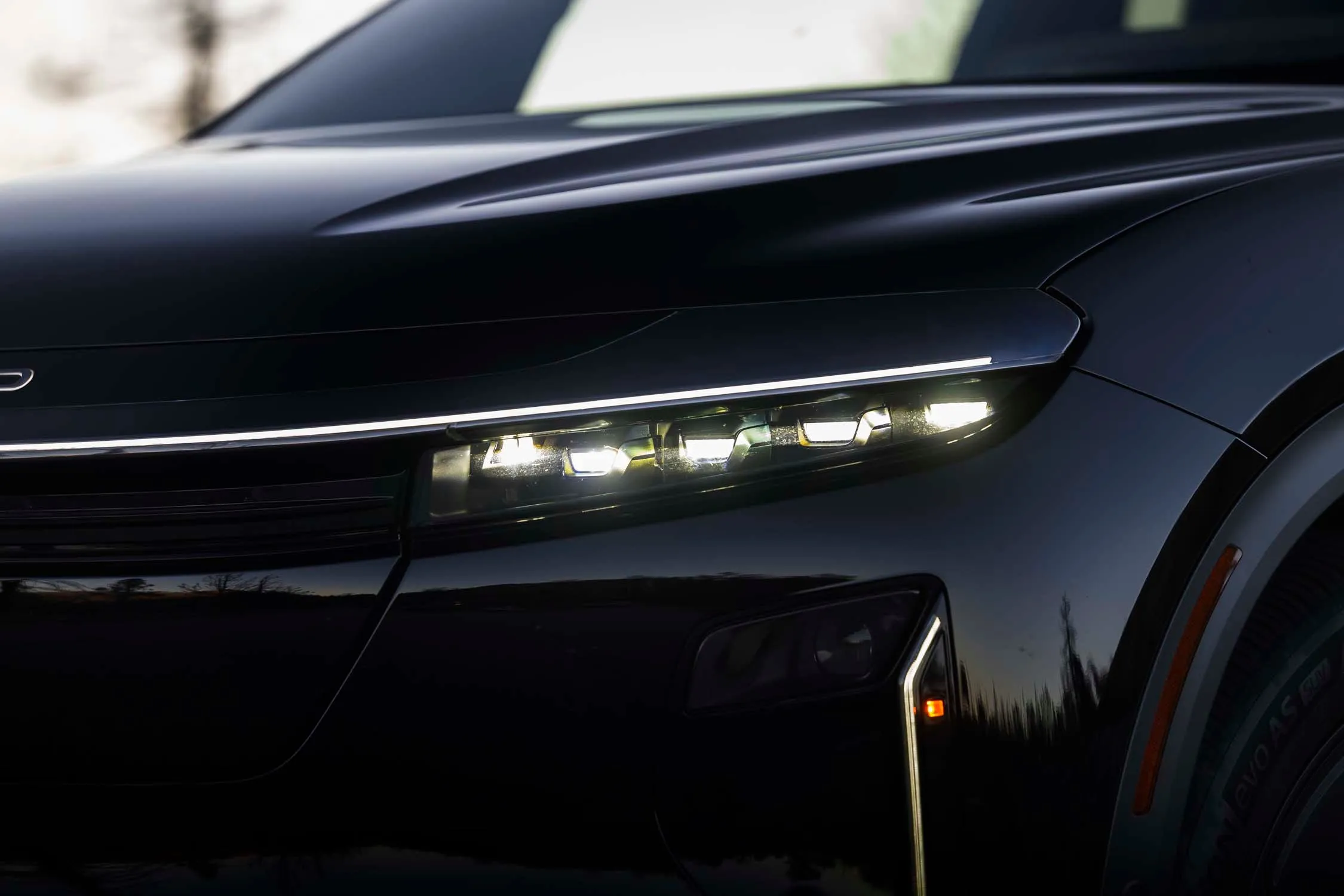
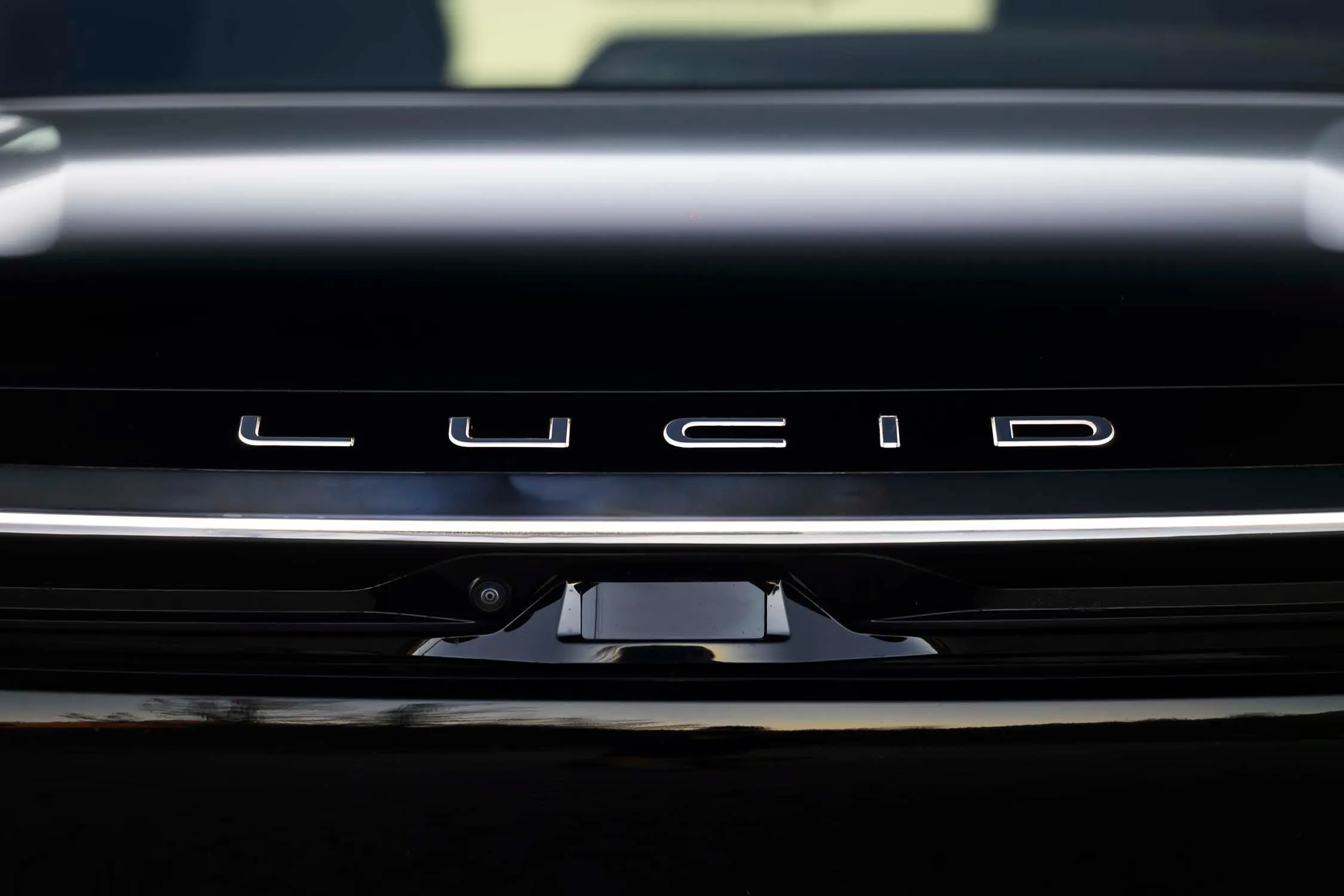
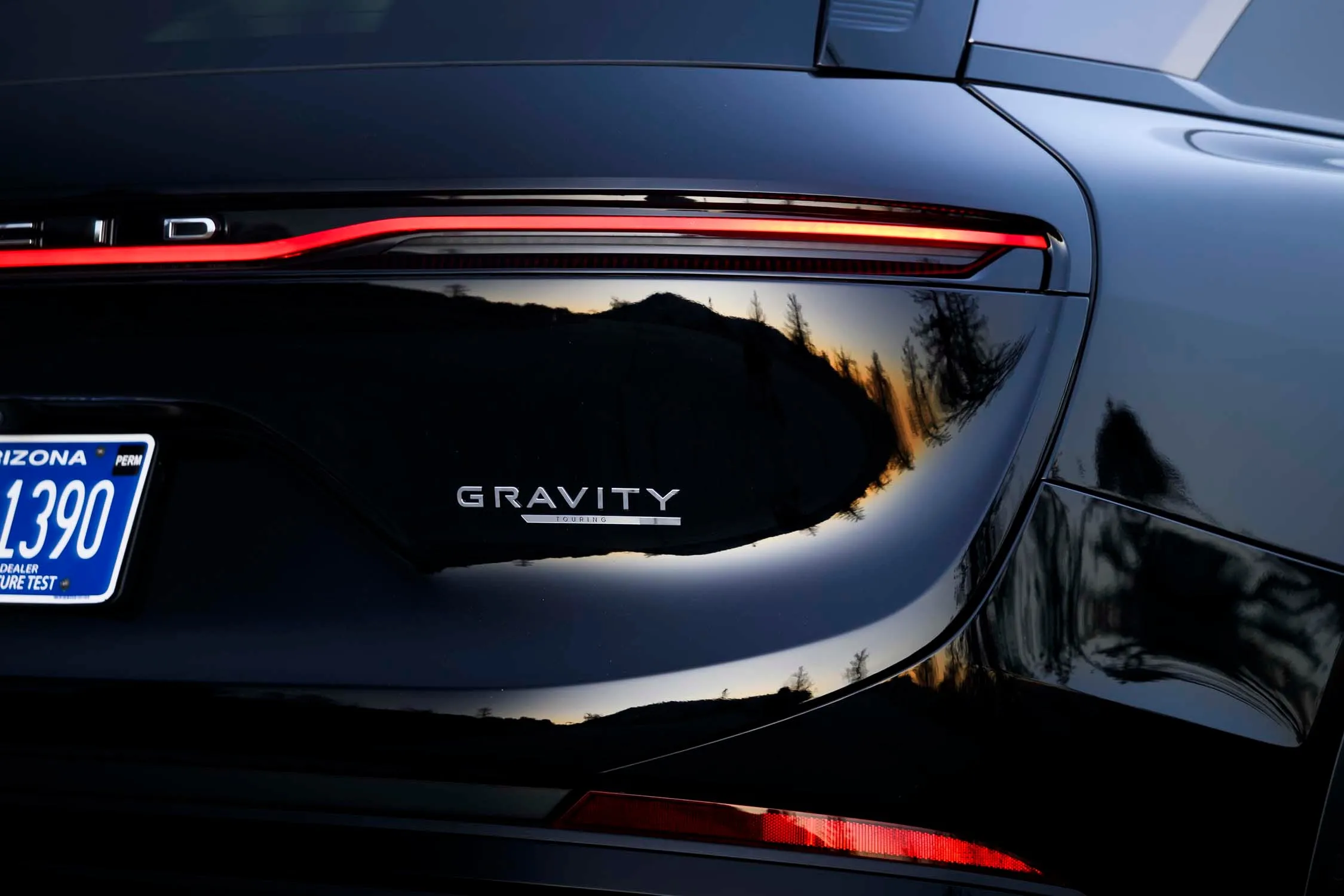



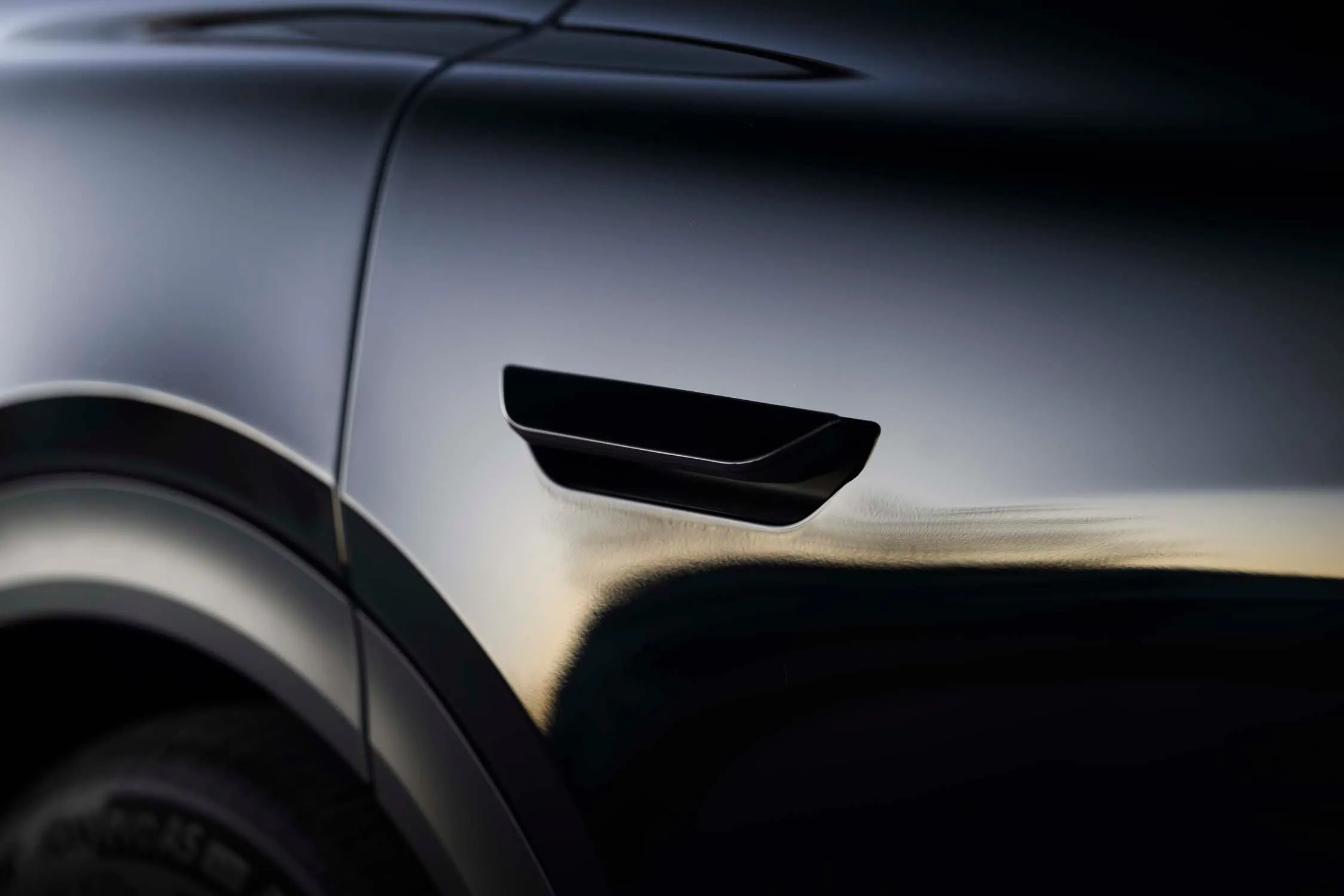


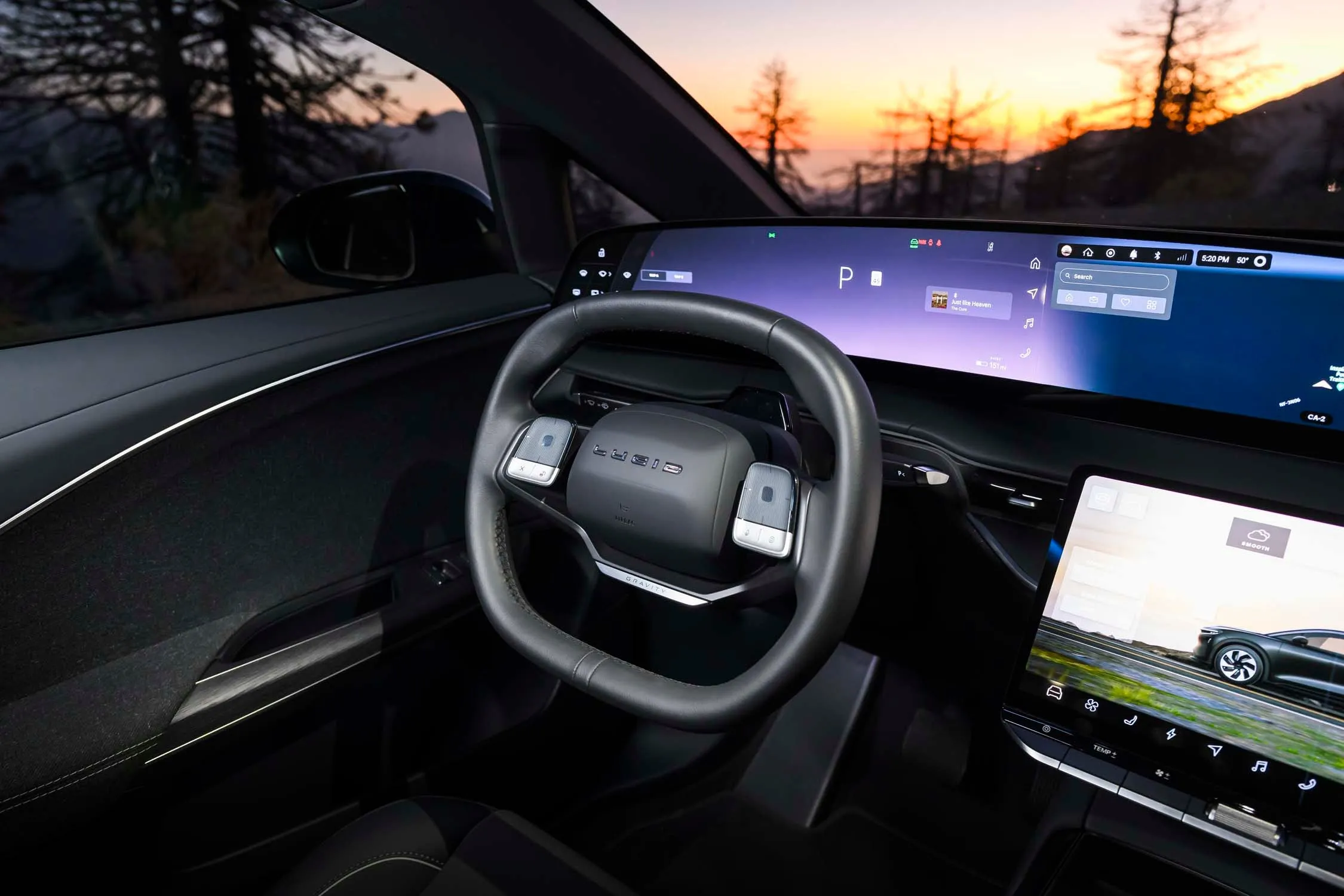

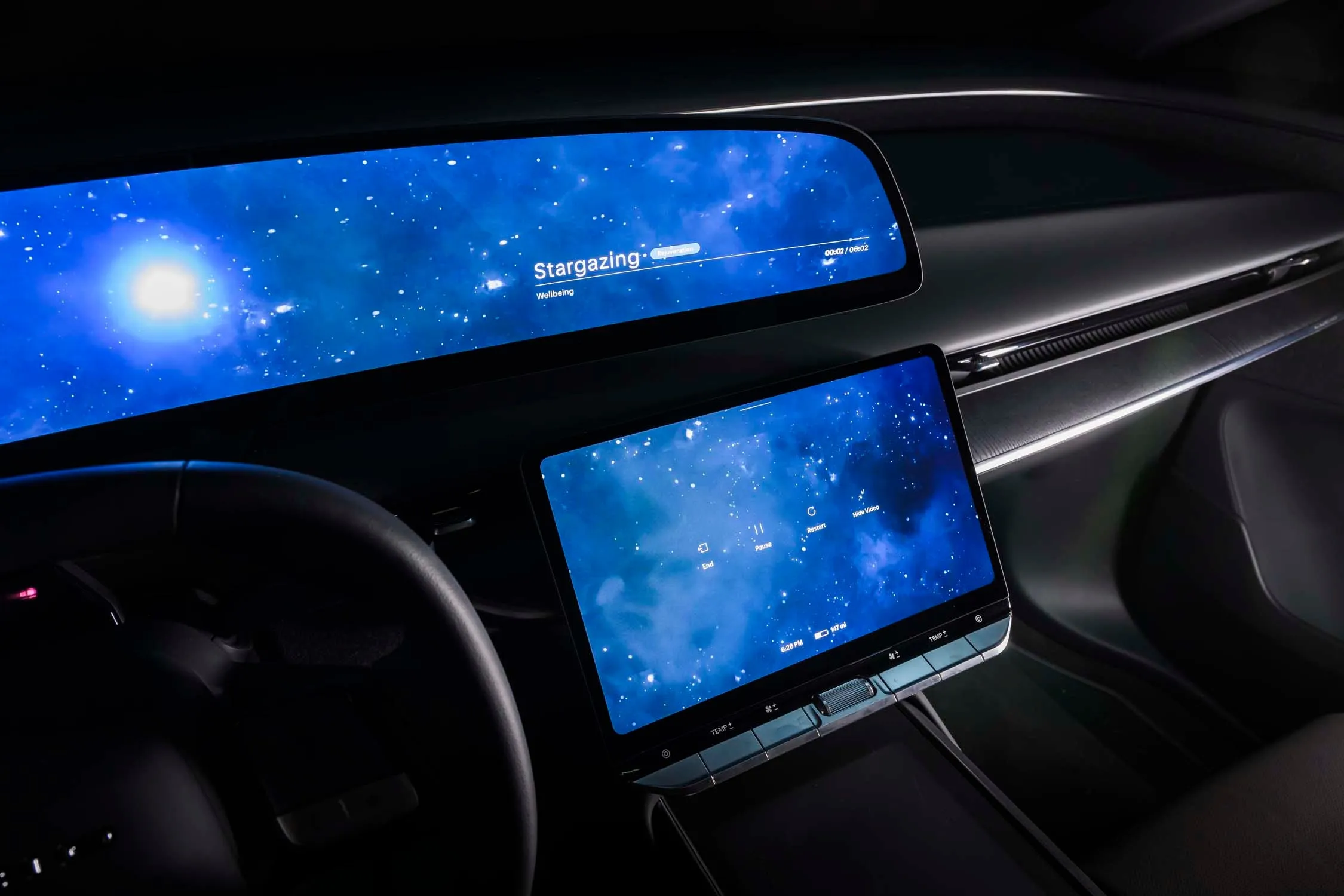

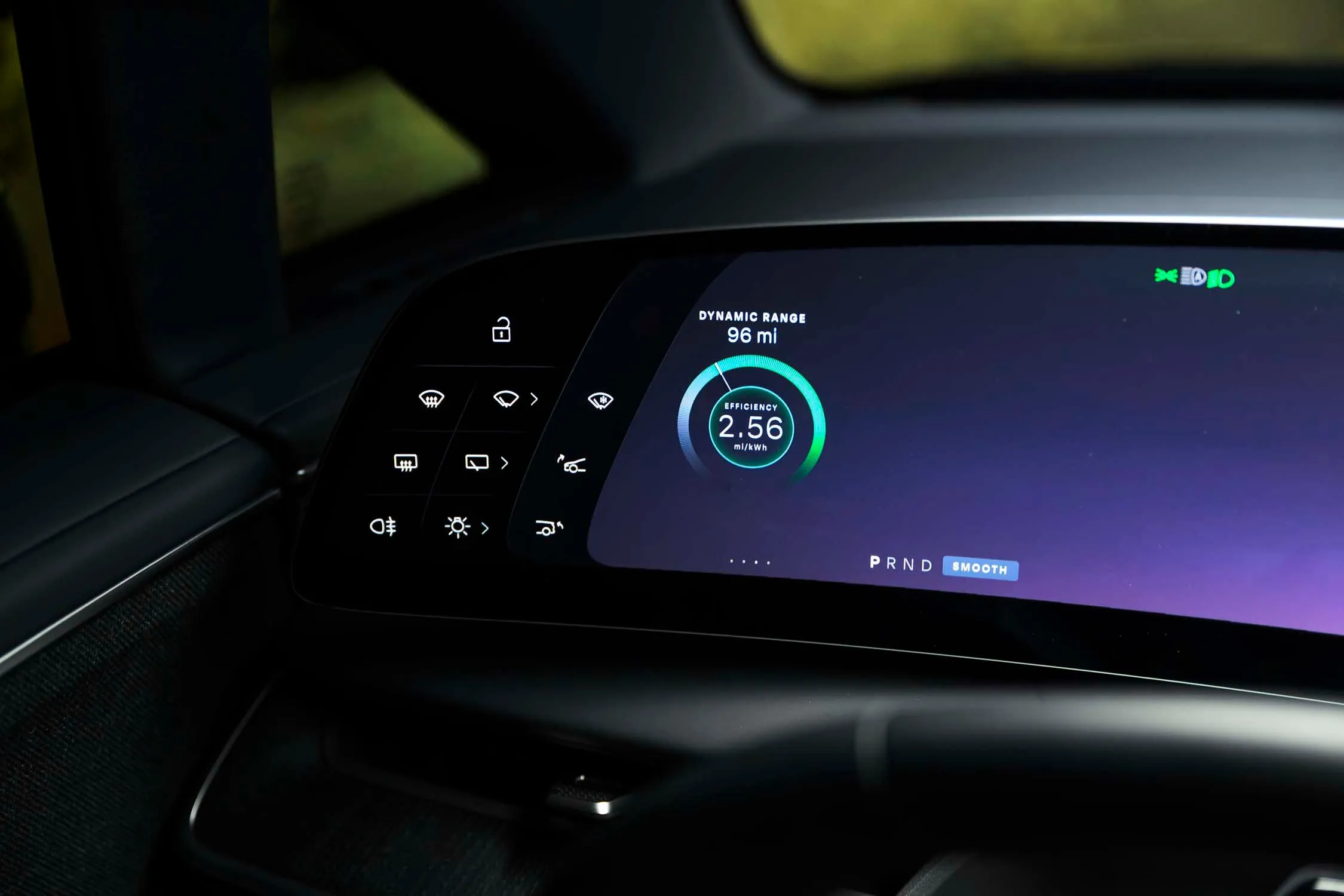
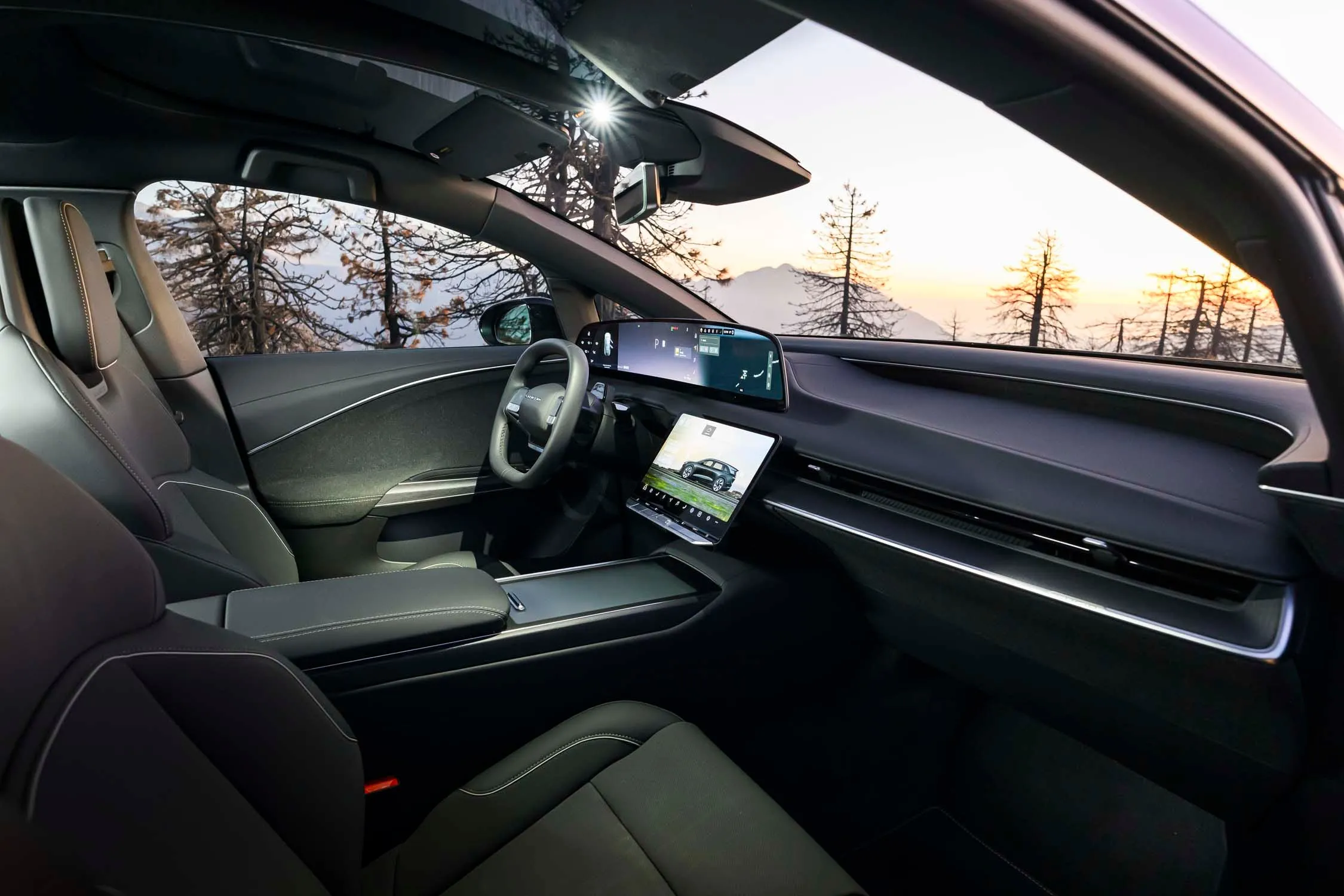

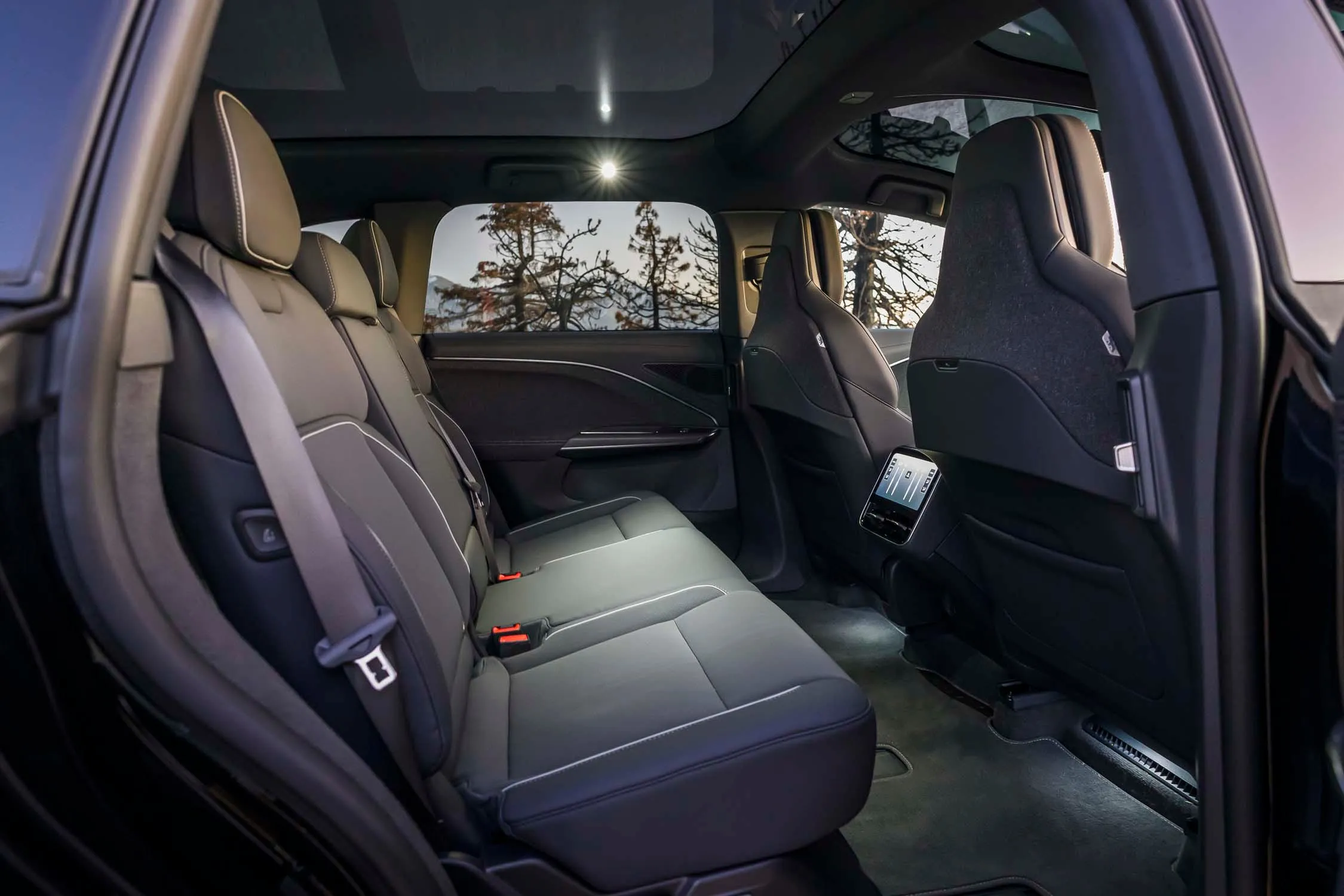
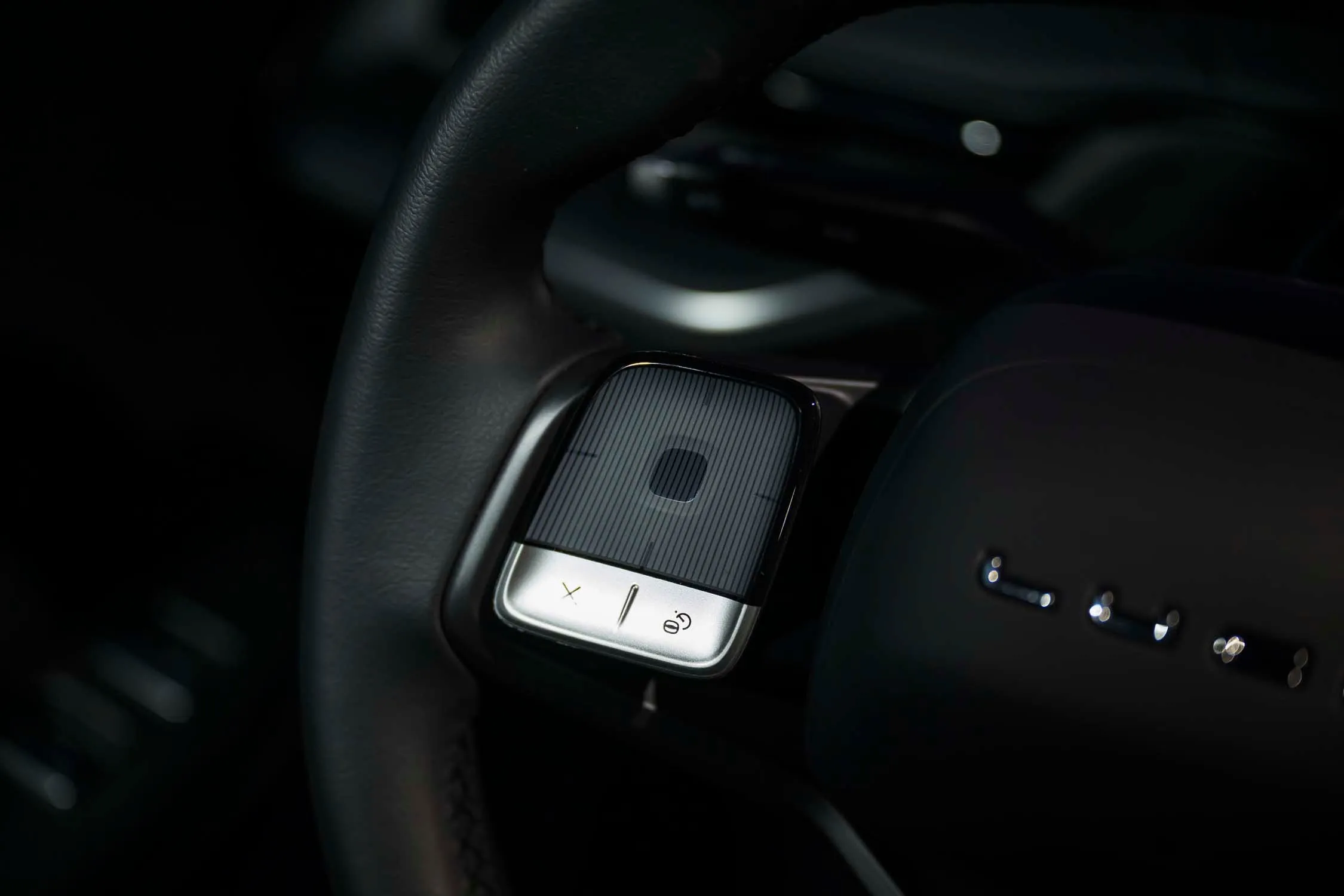
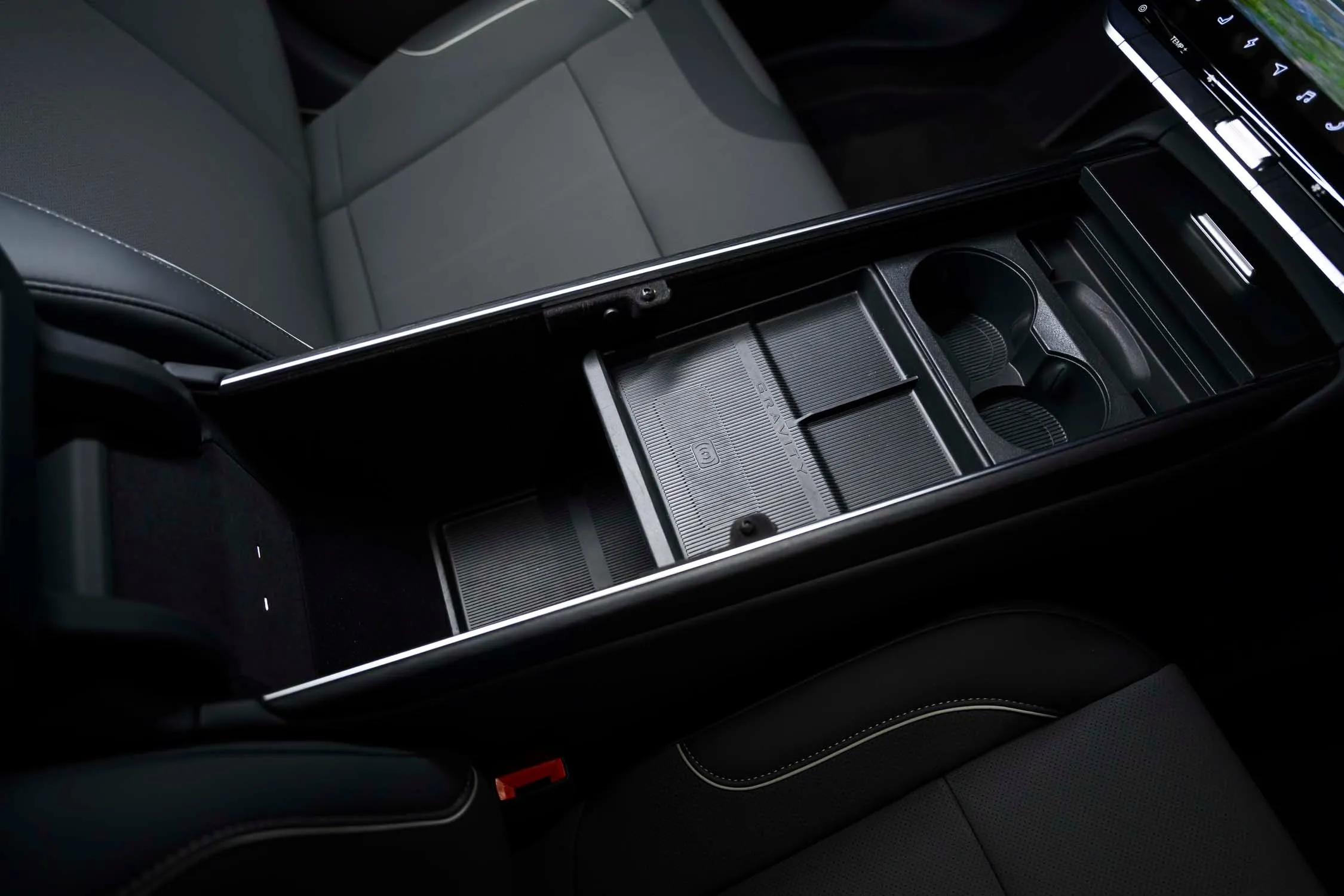
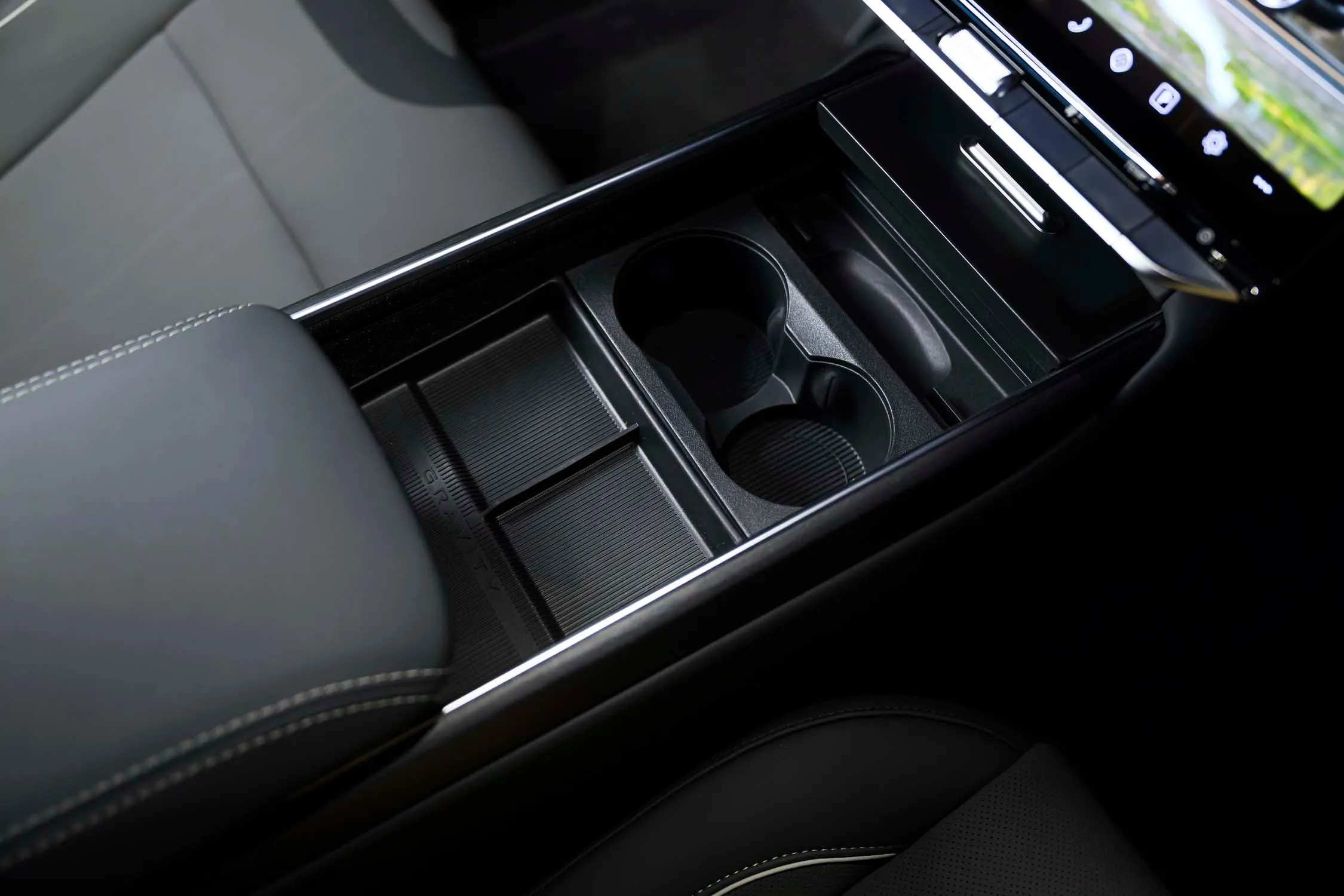
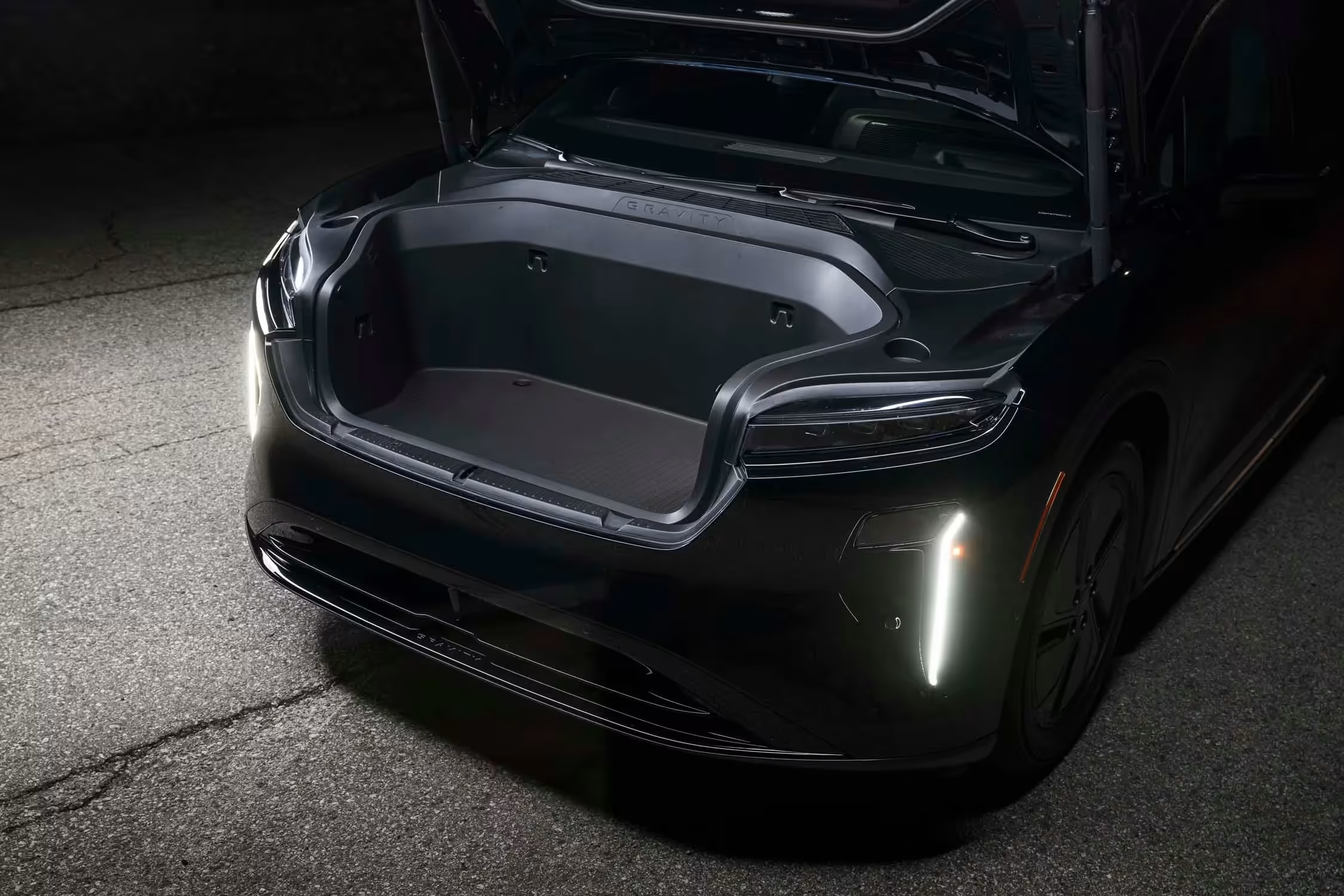
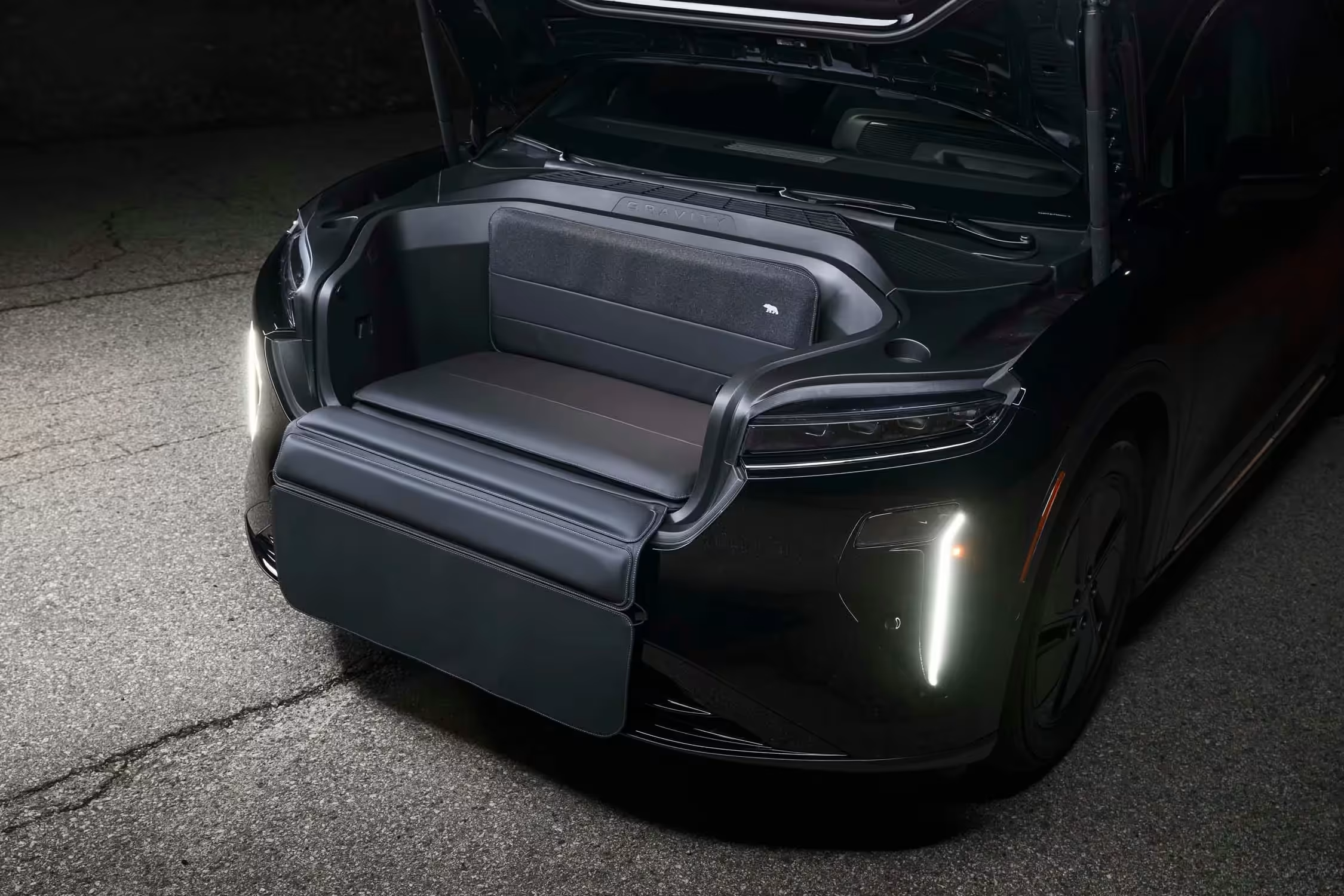

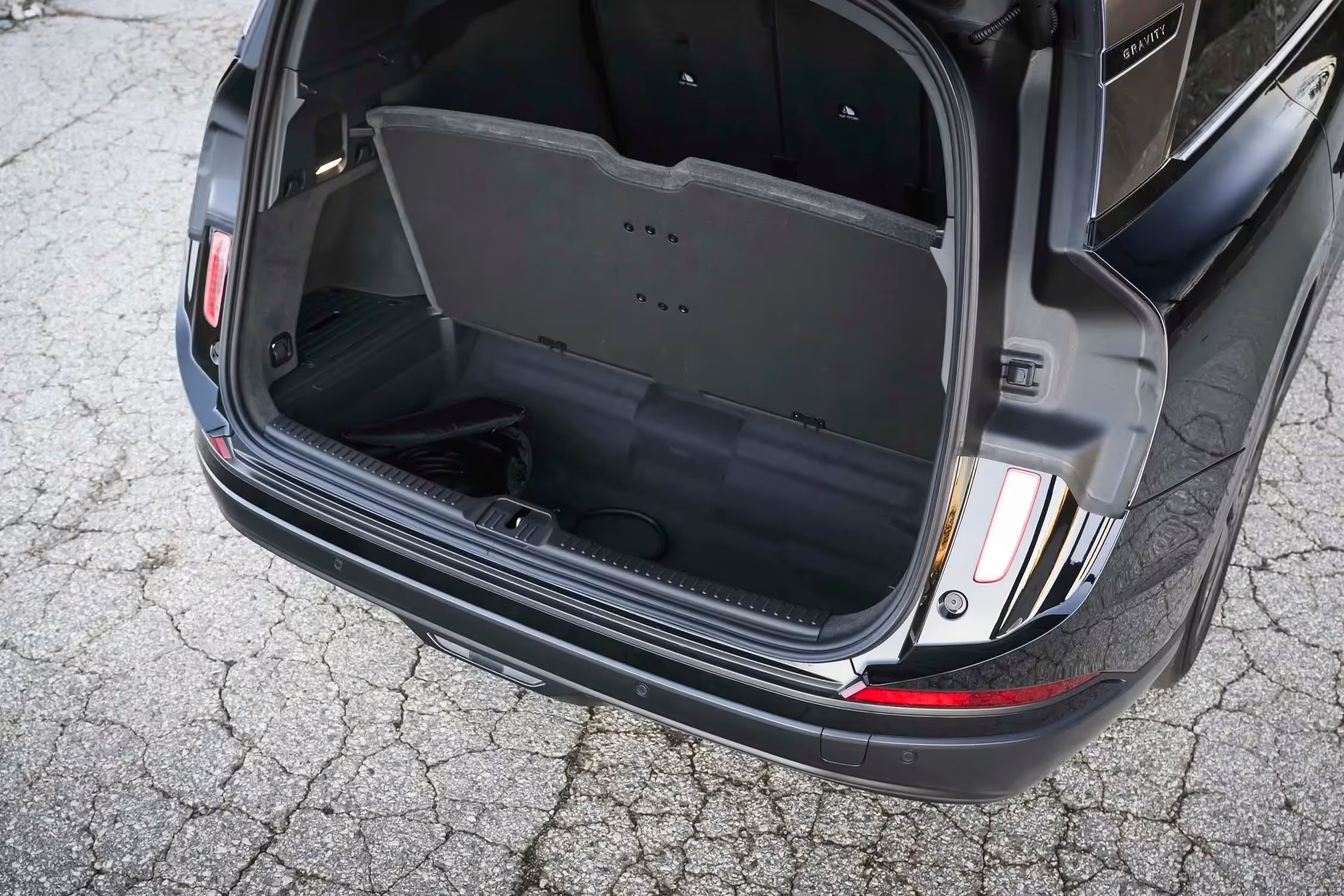
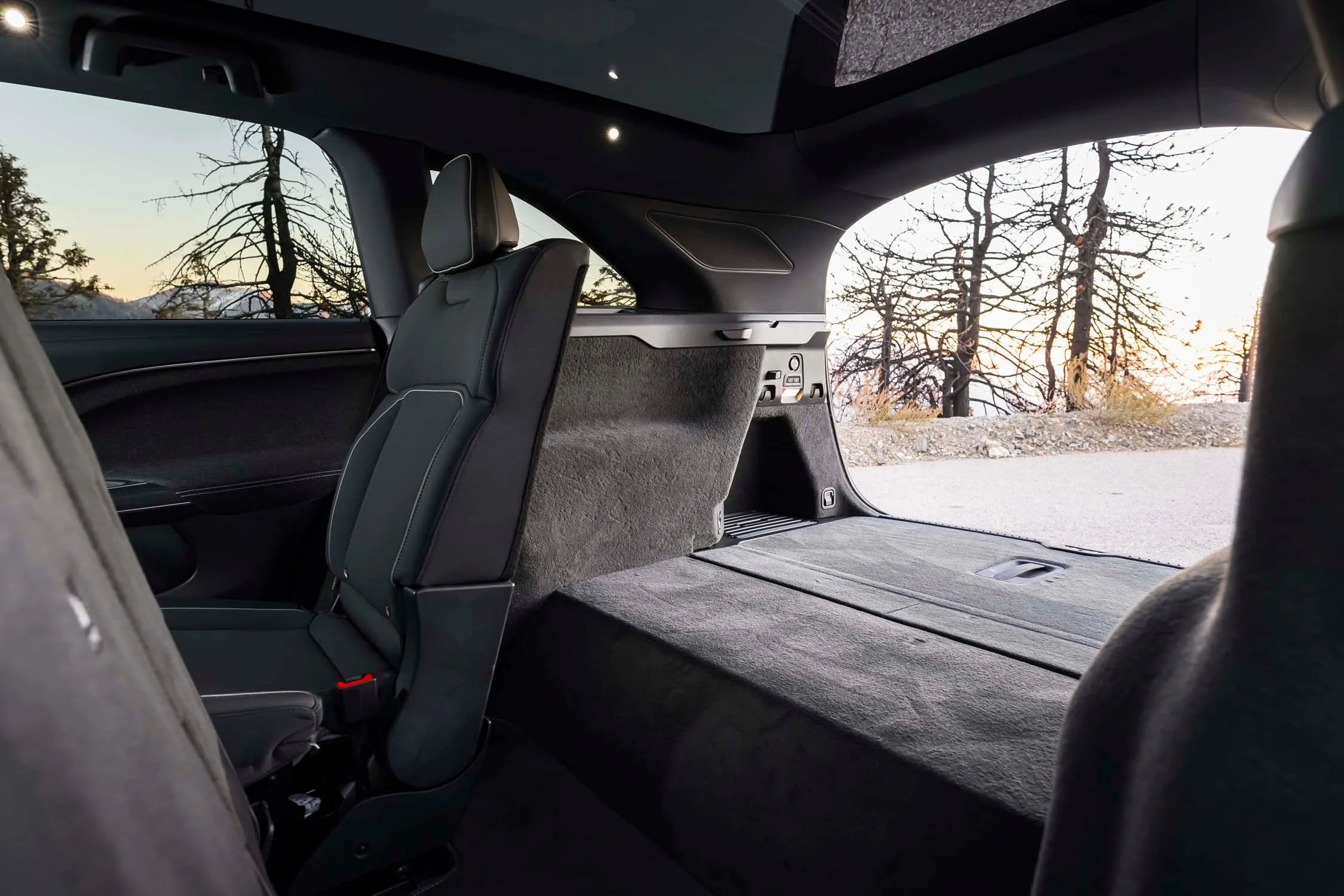

The Gravity is ready to be the benchmark of the future, as long as the software lets the hardware shine.

